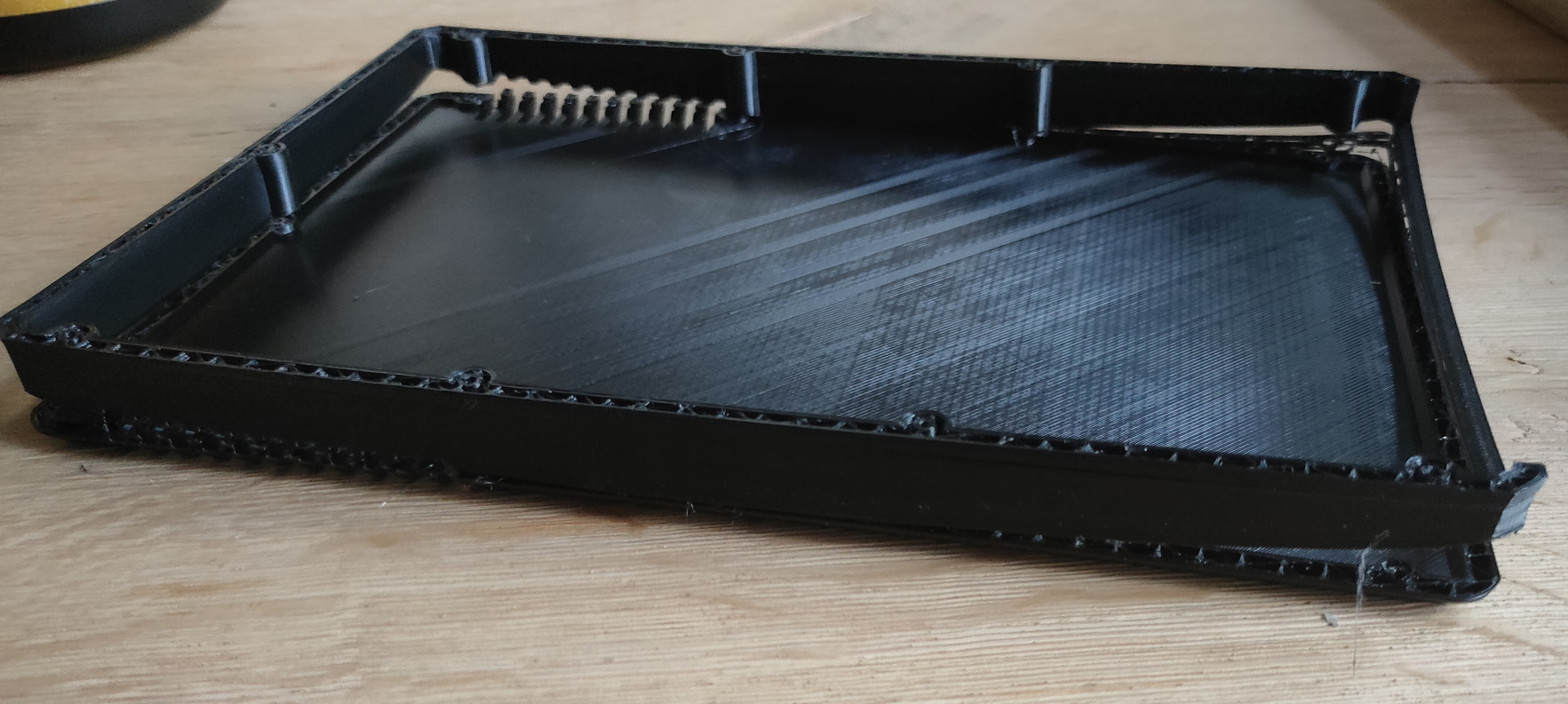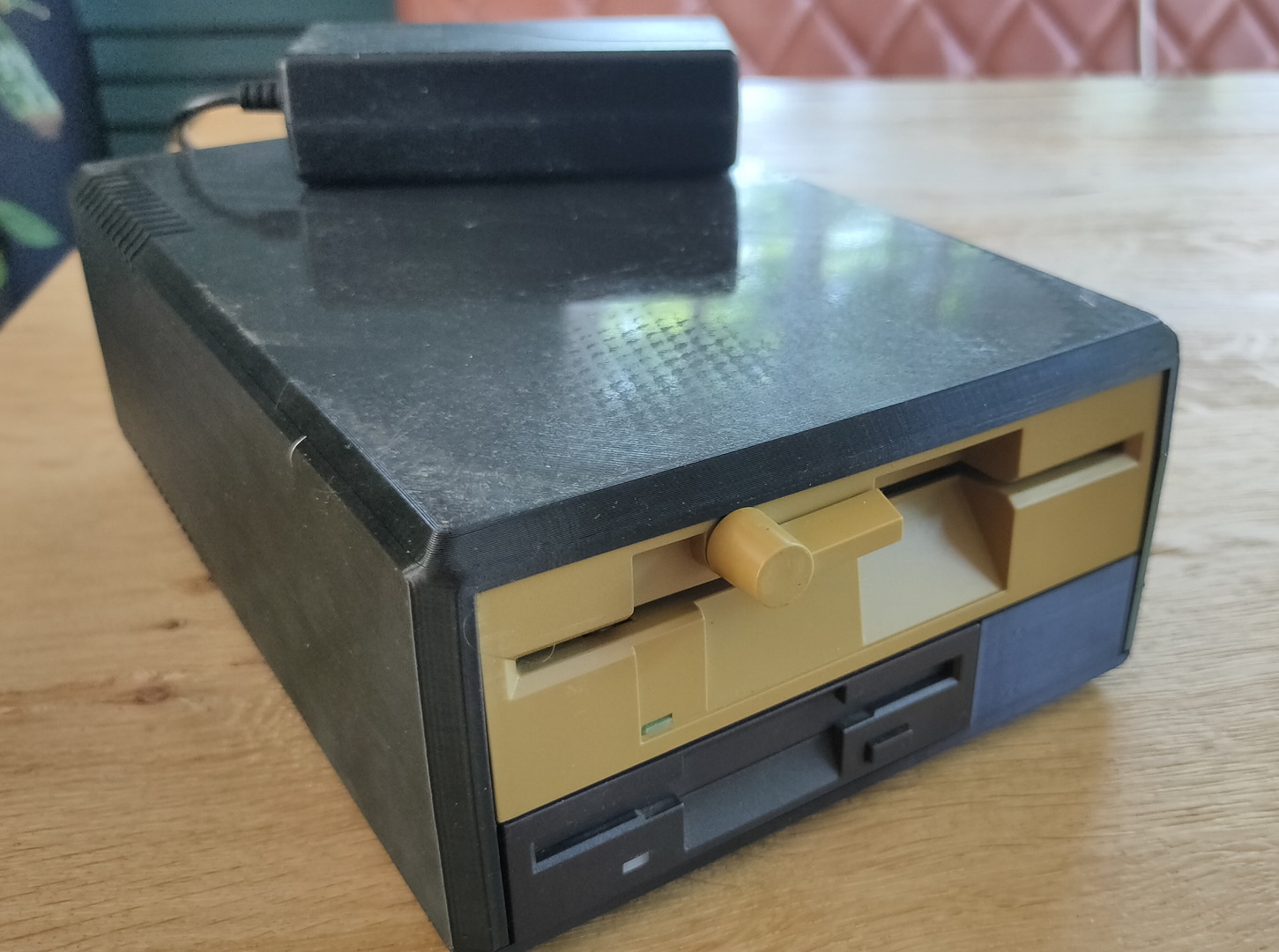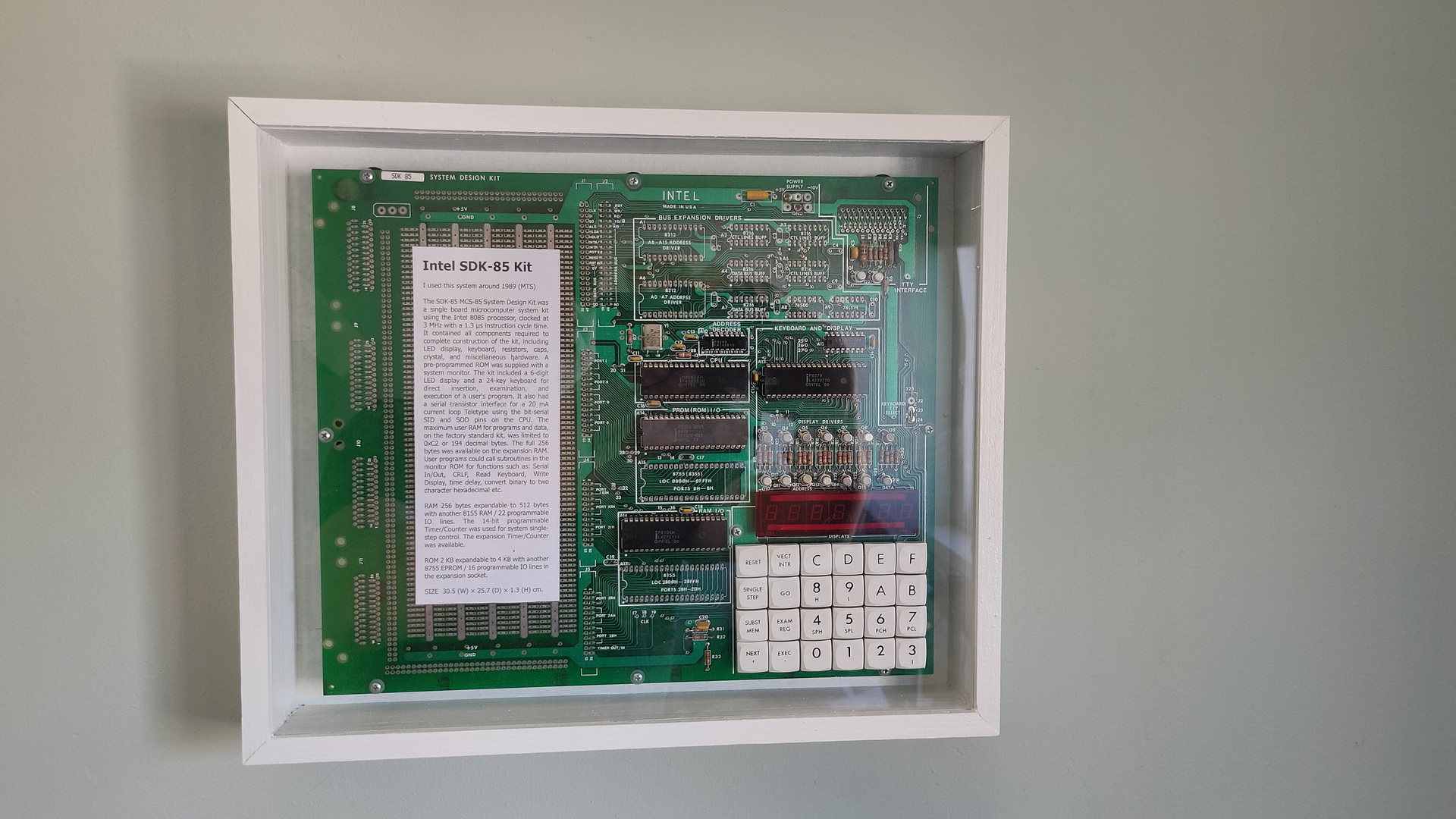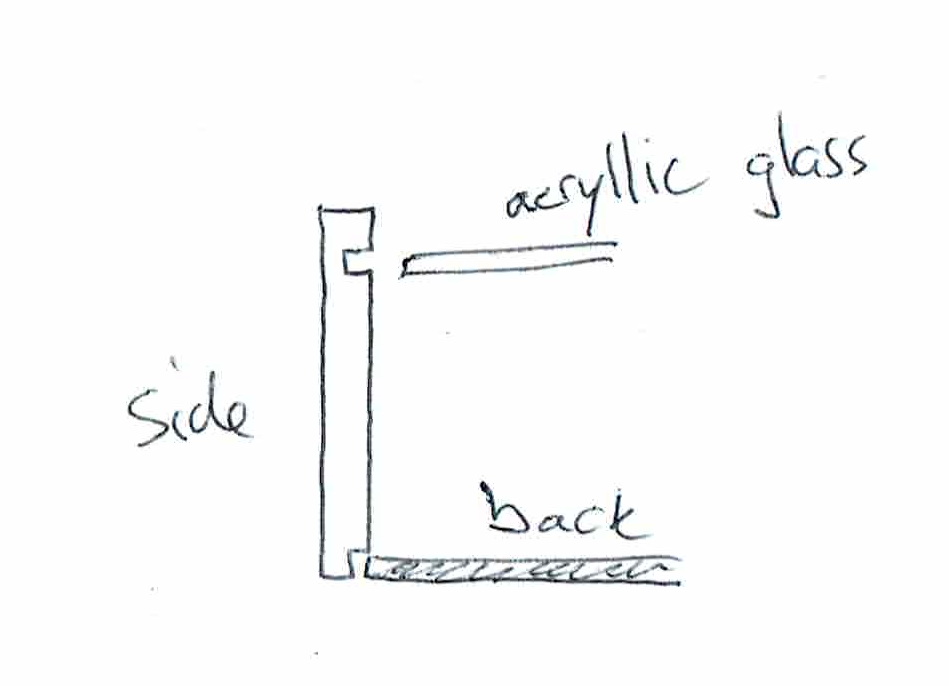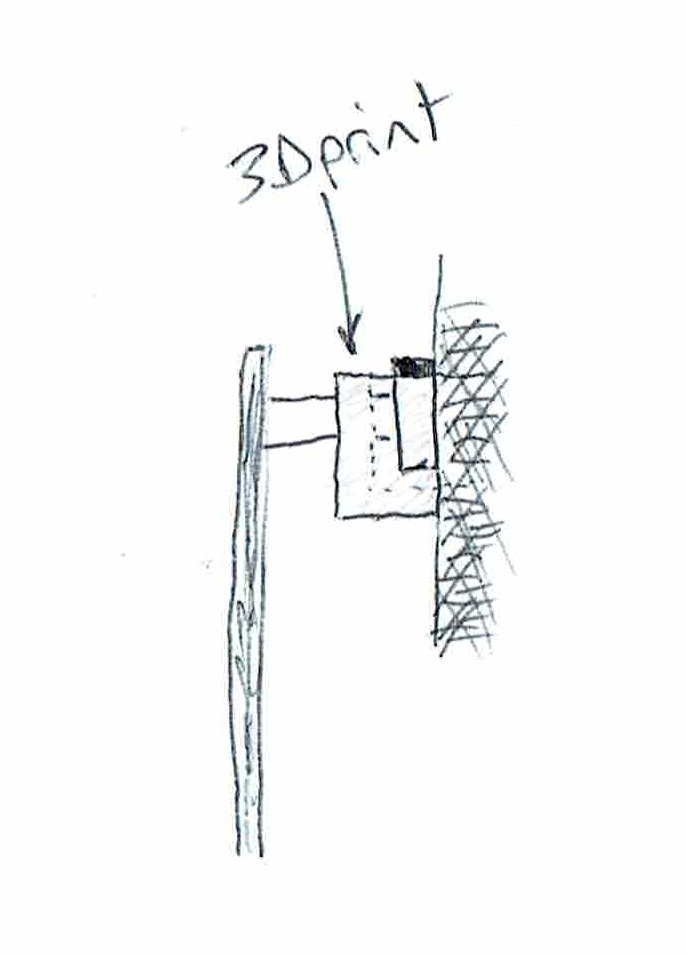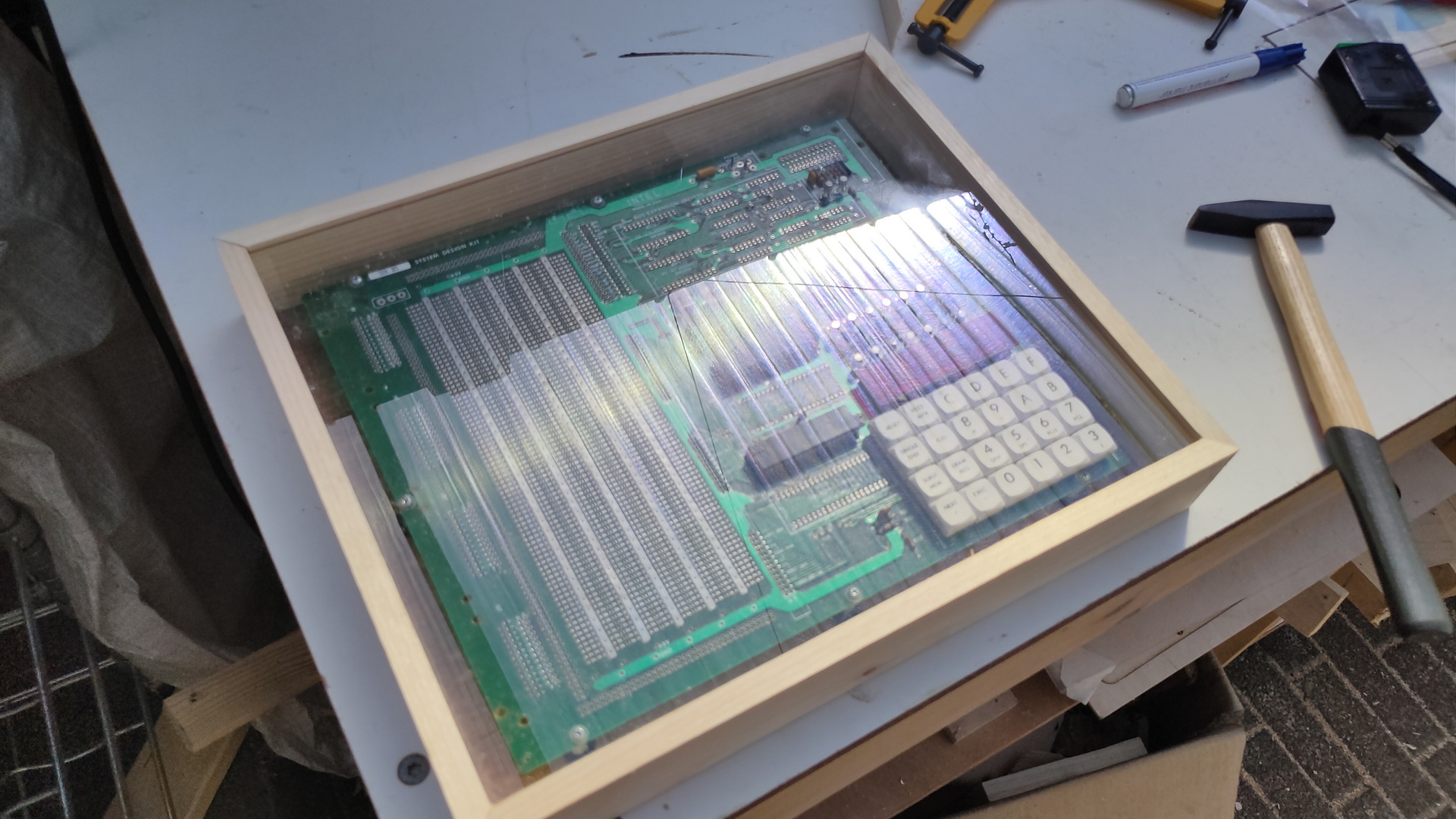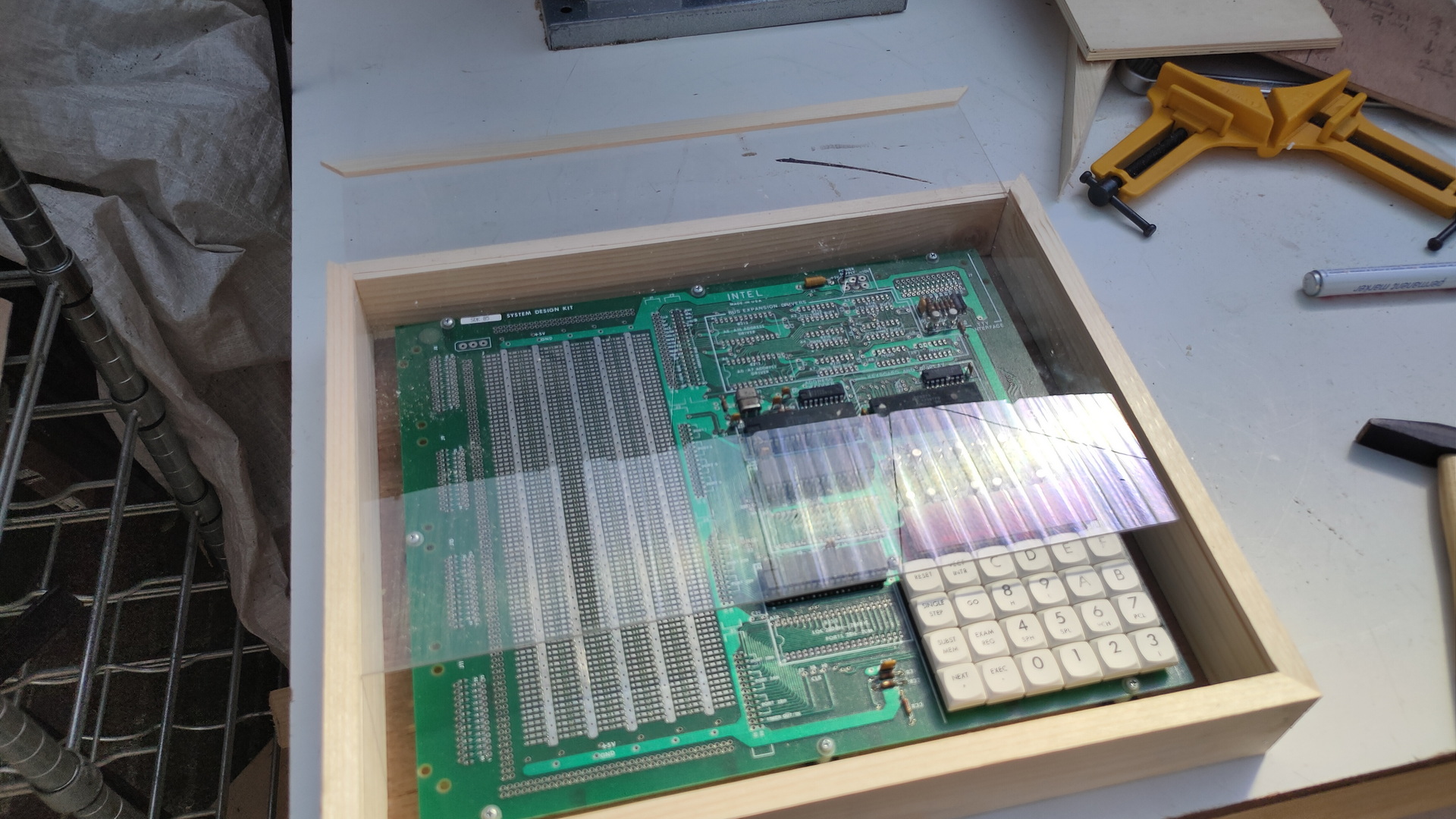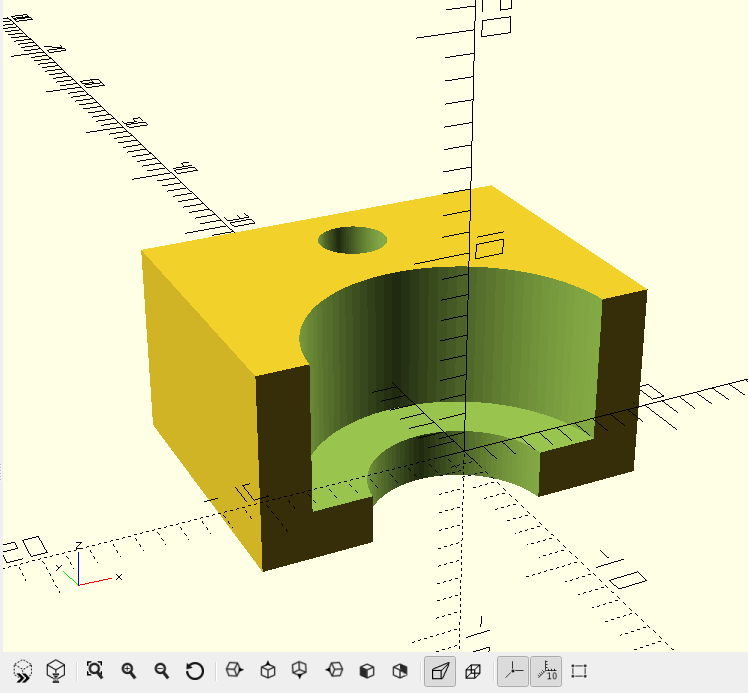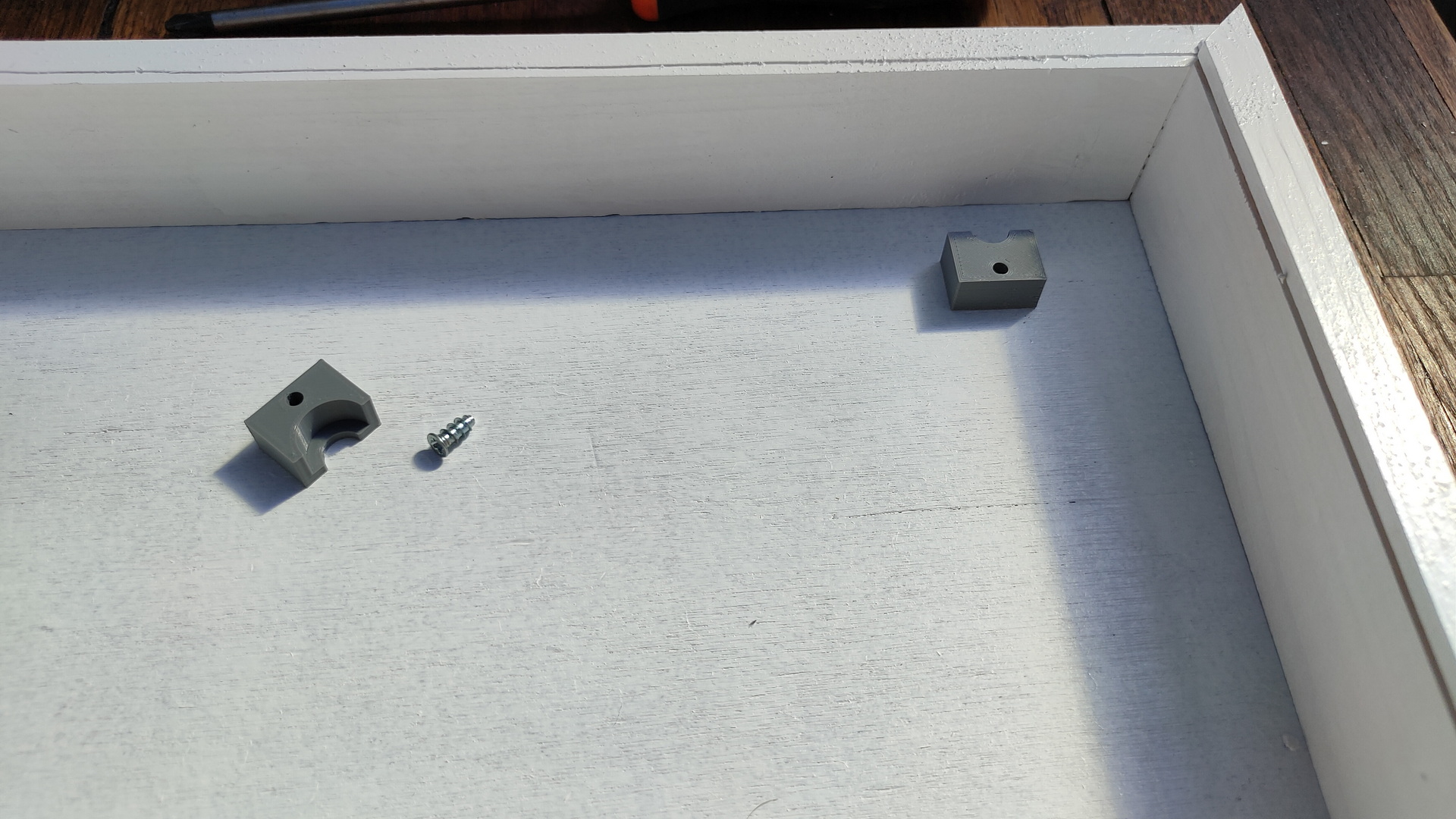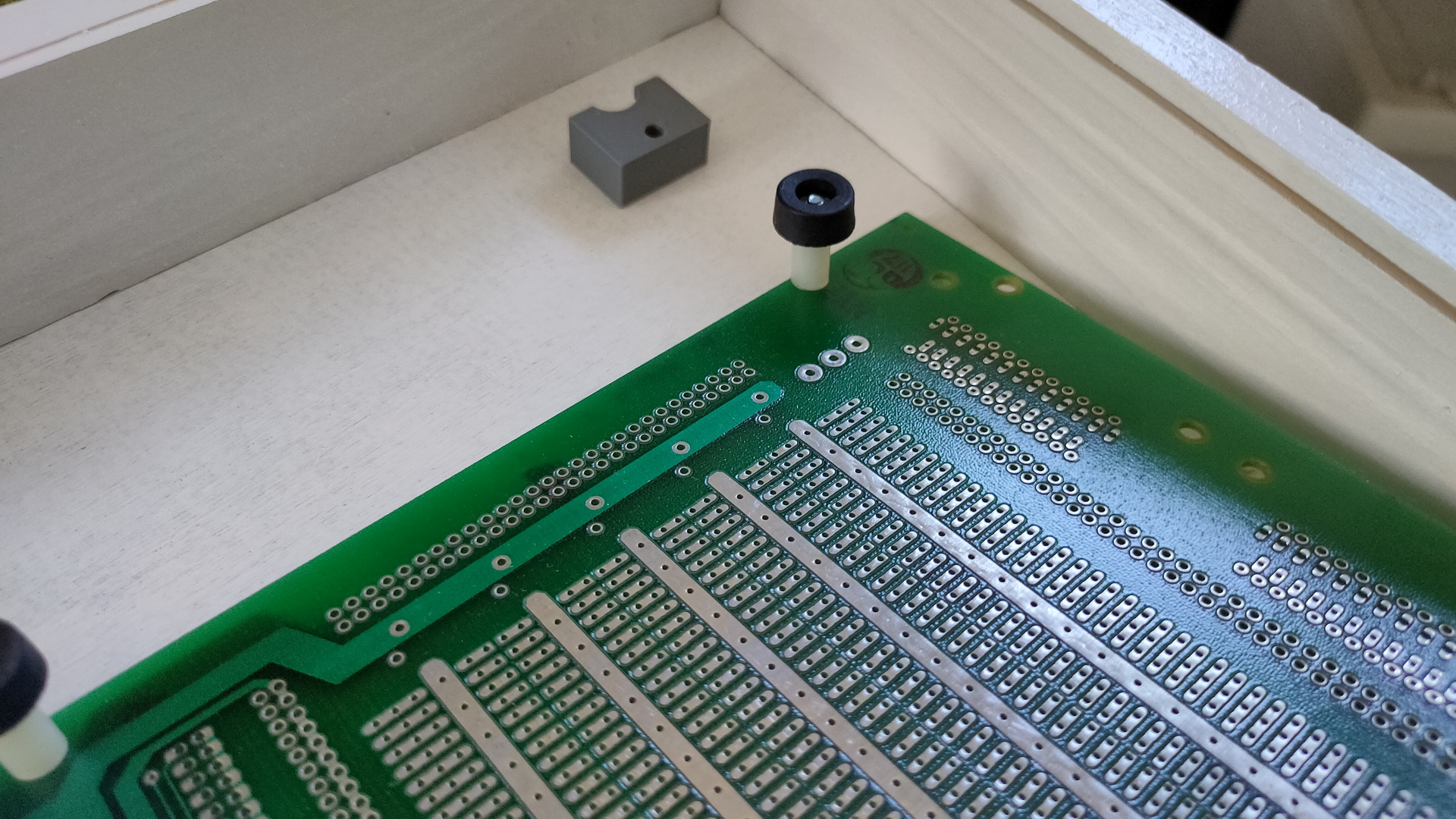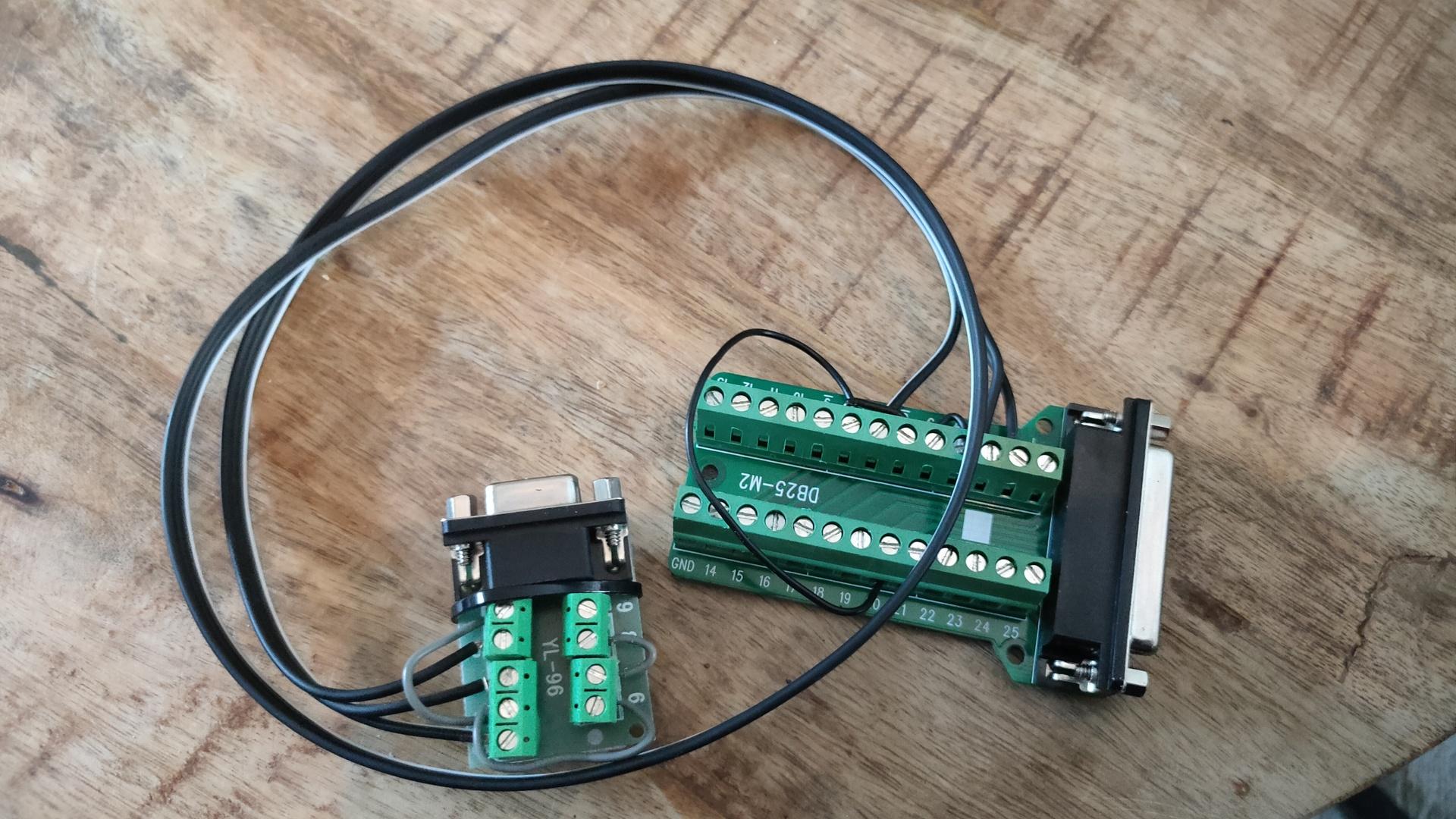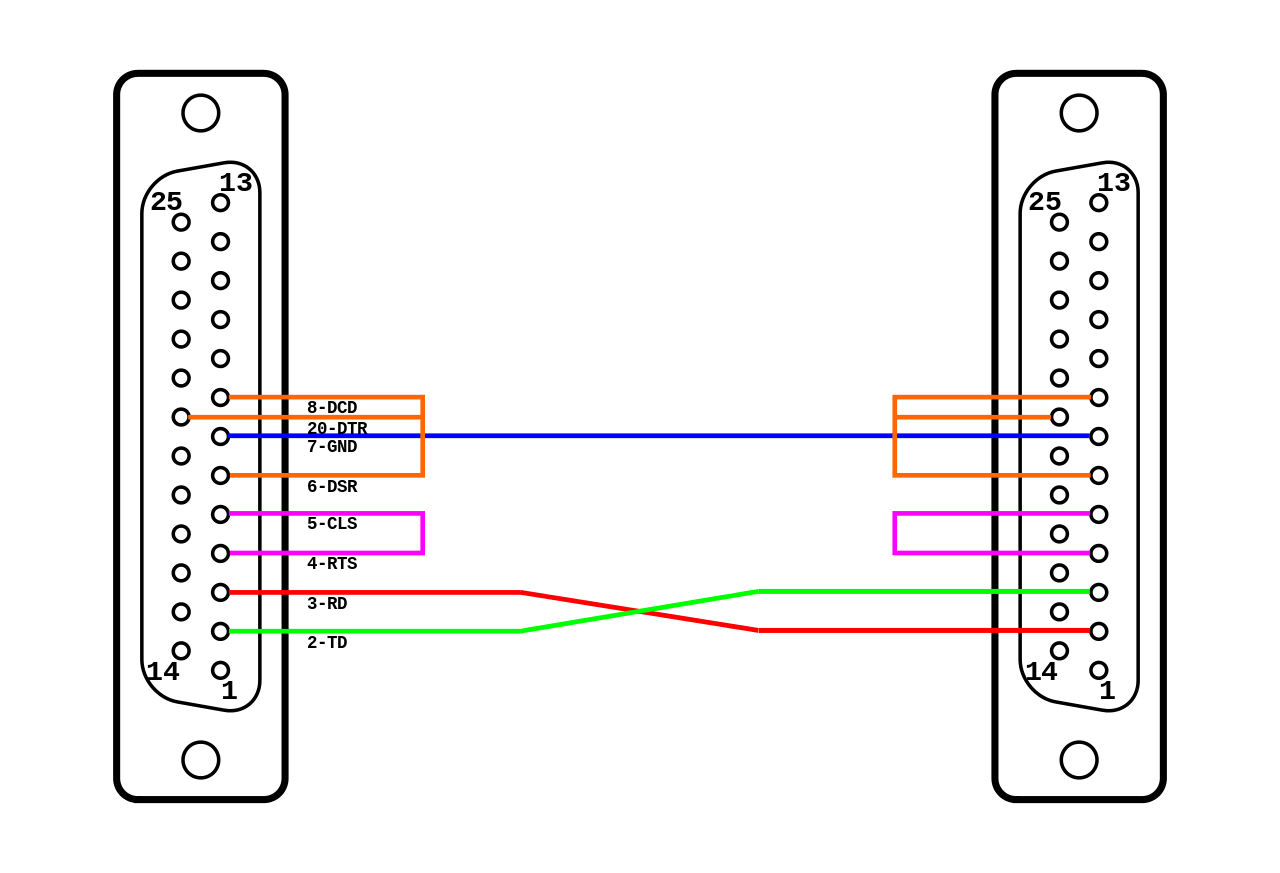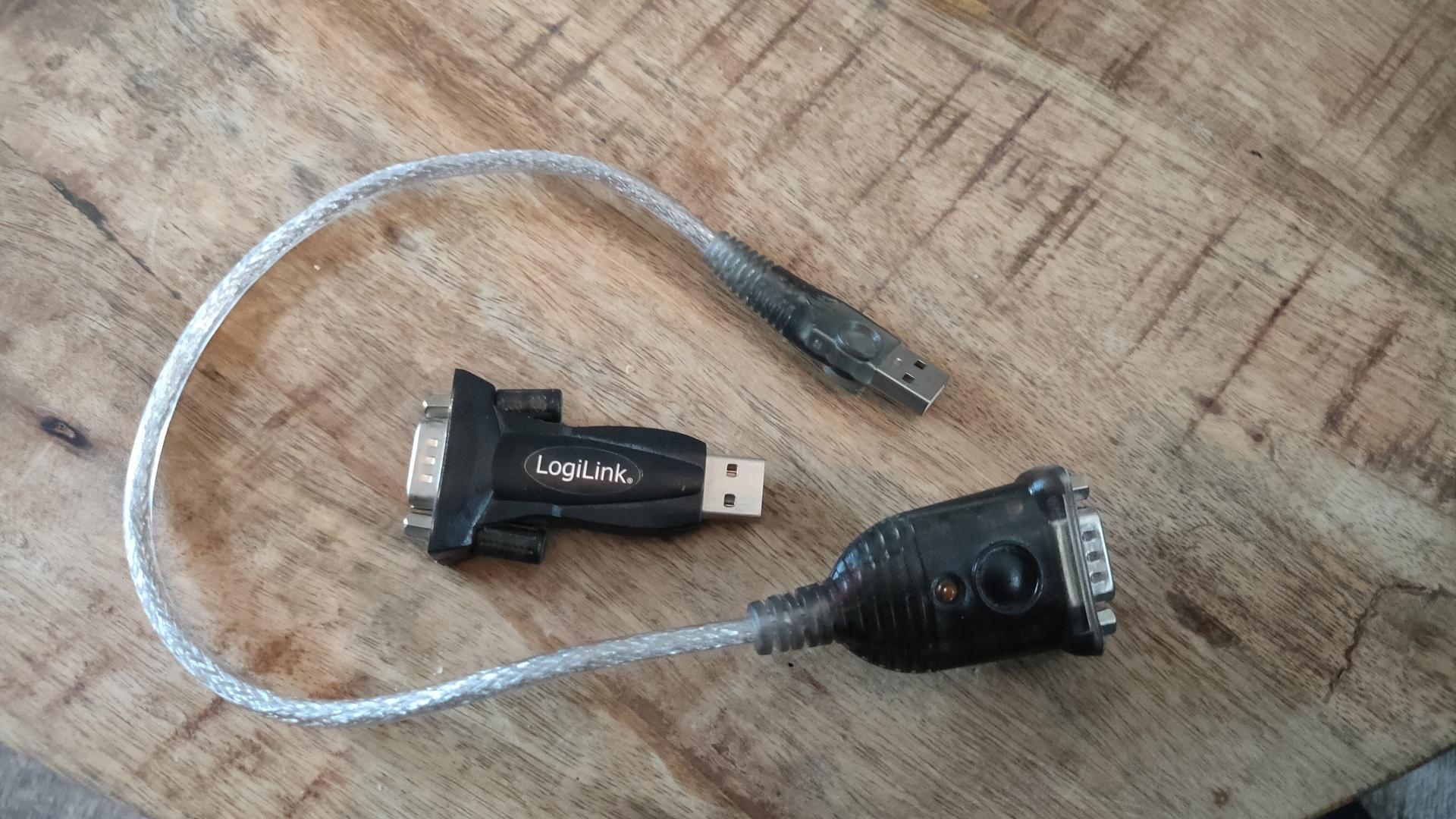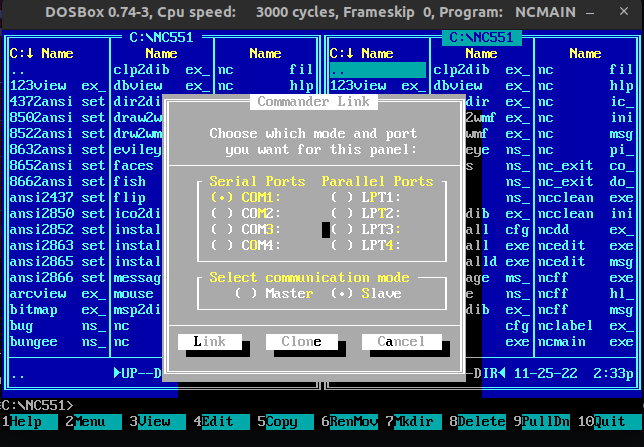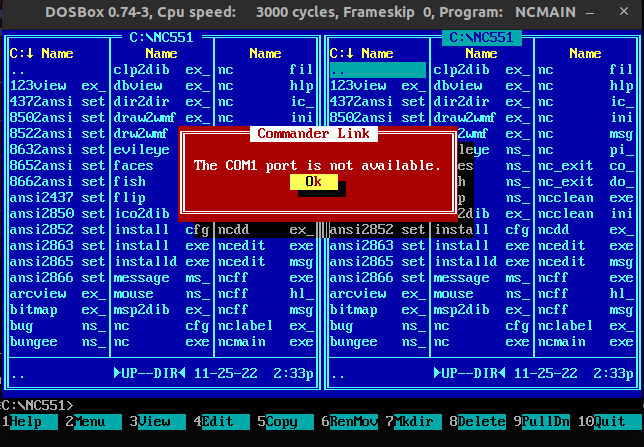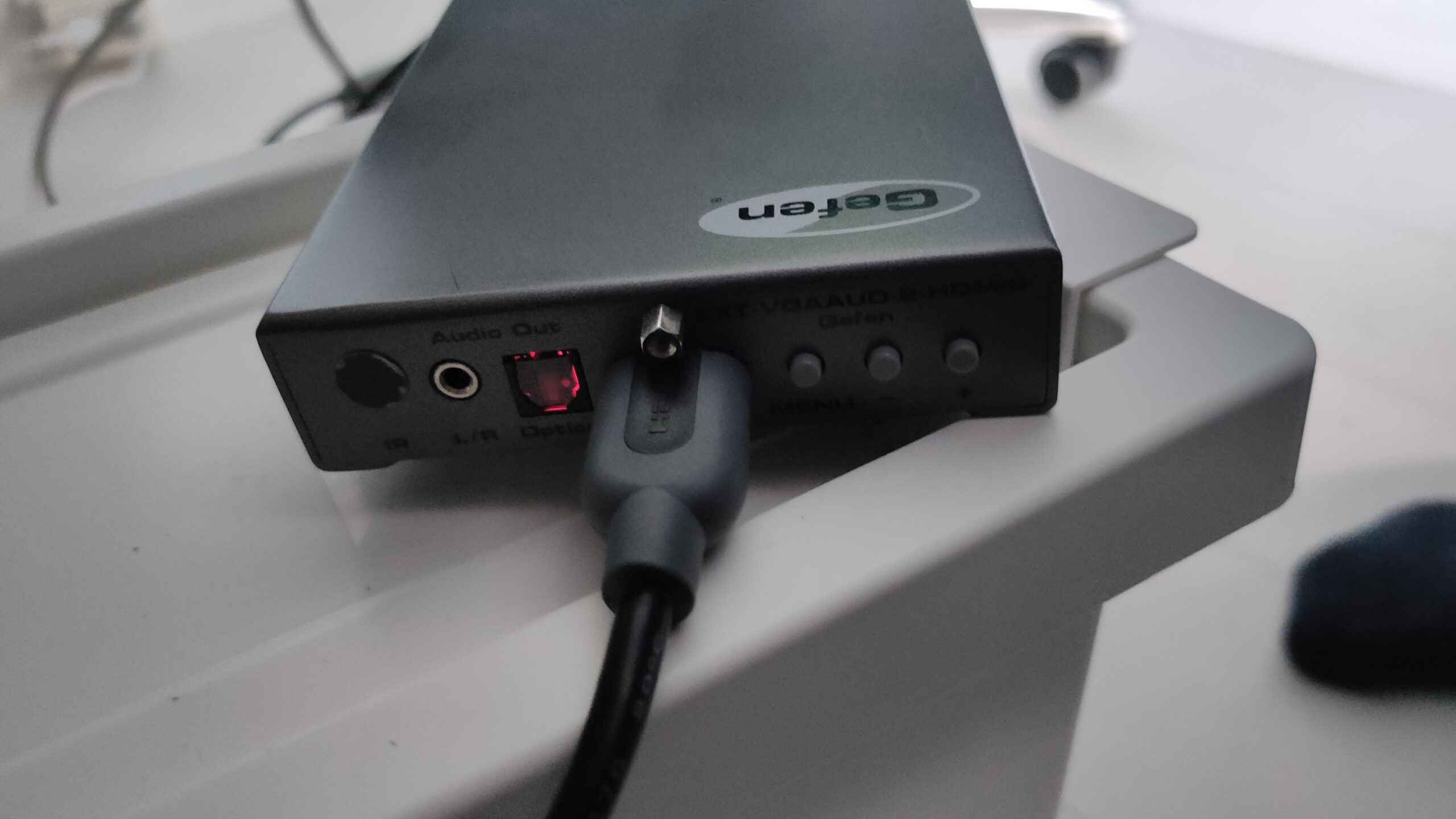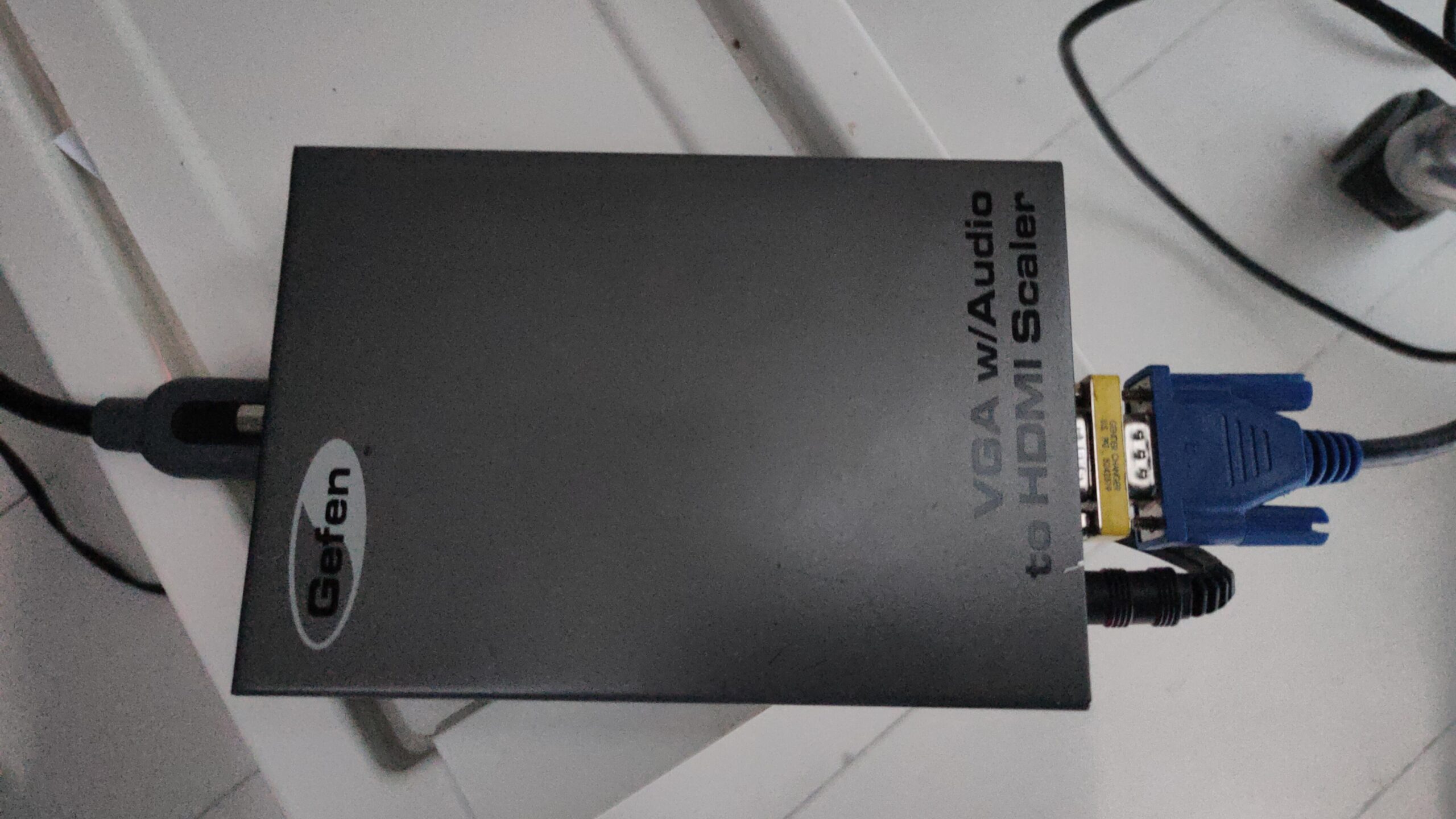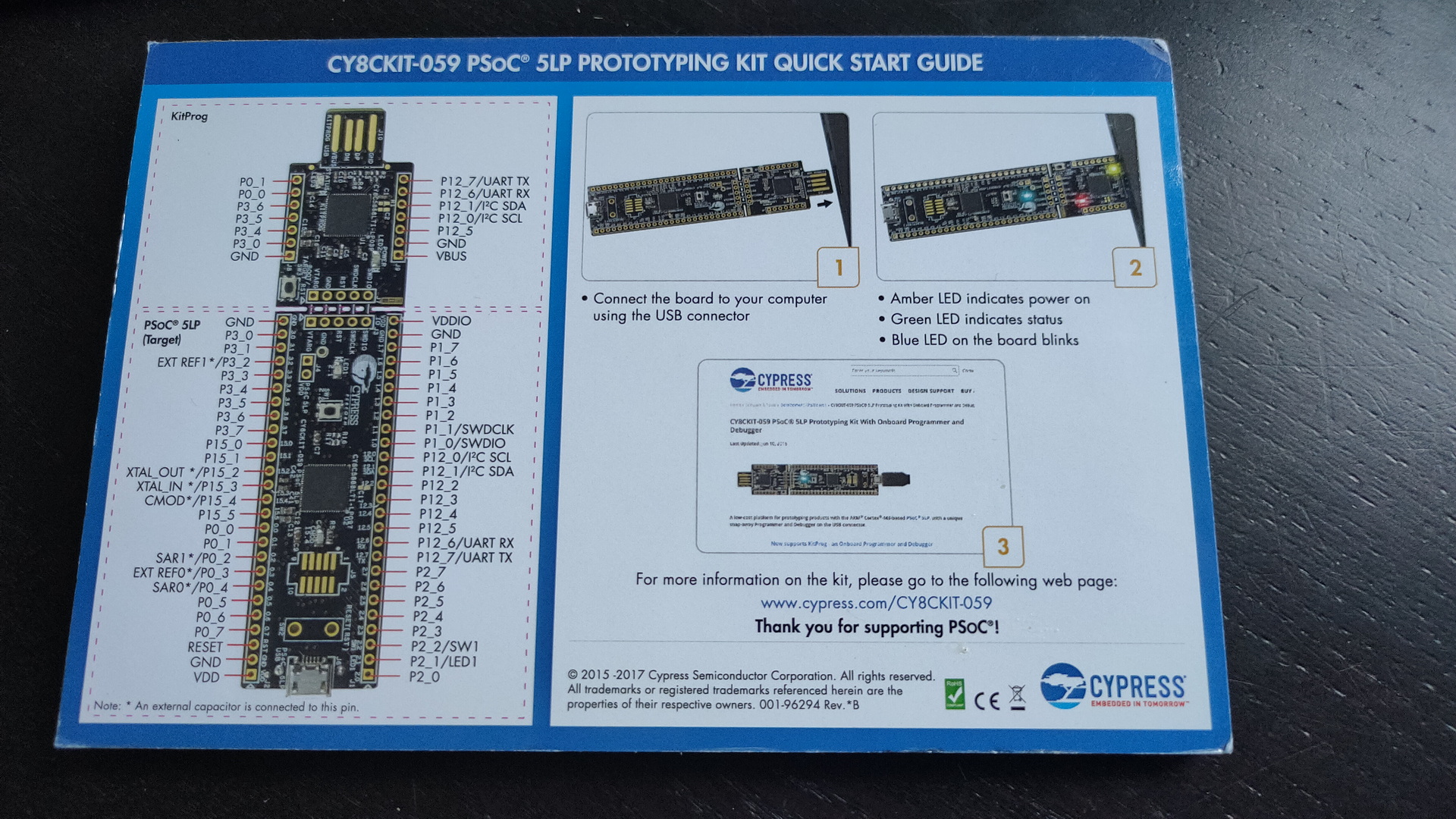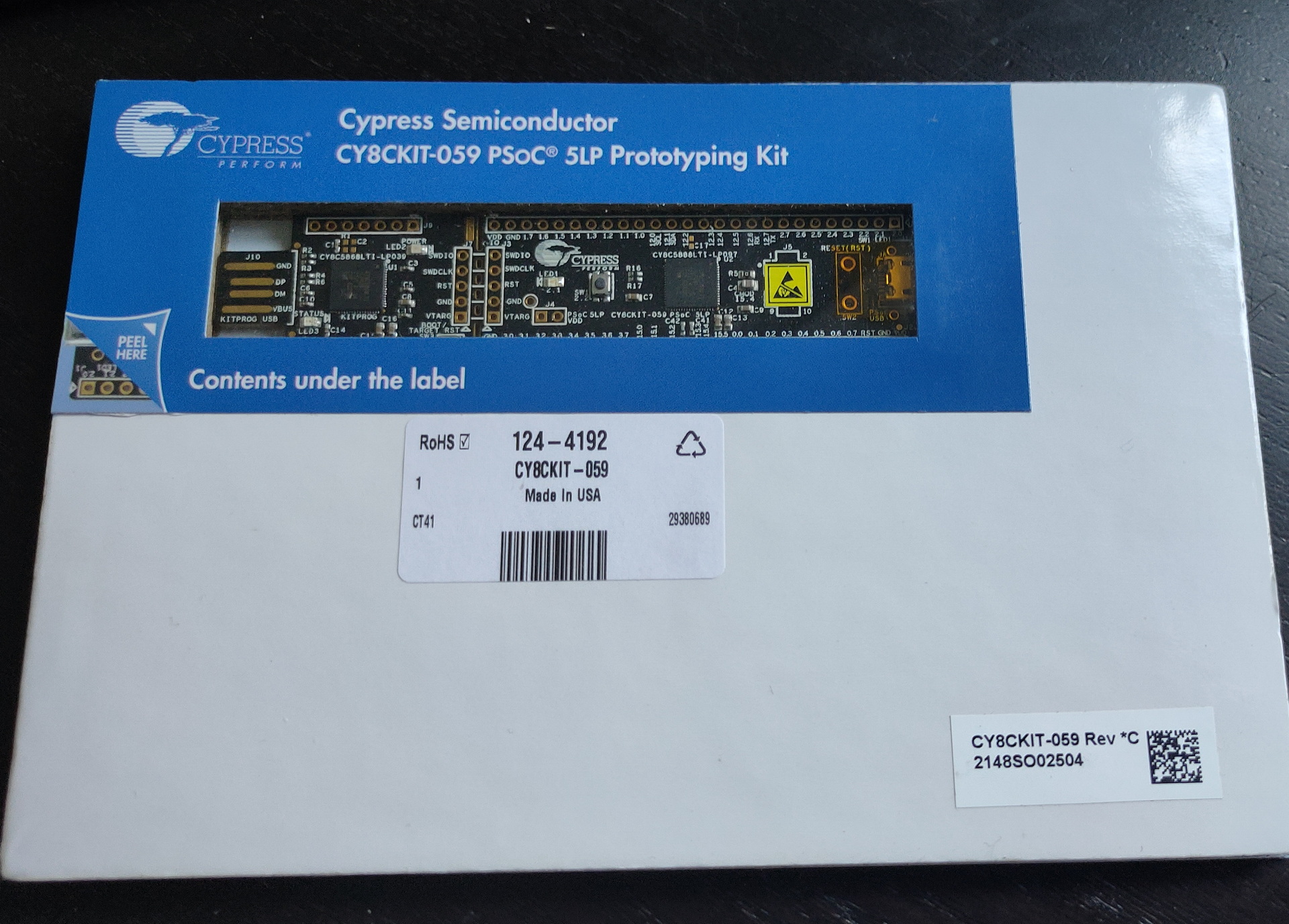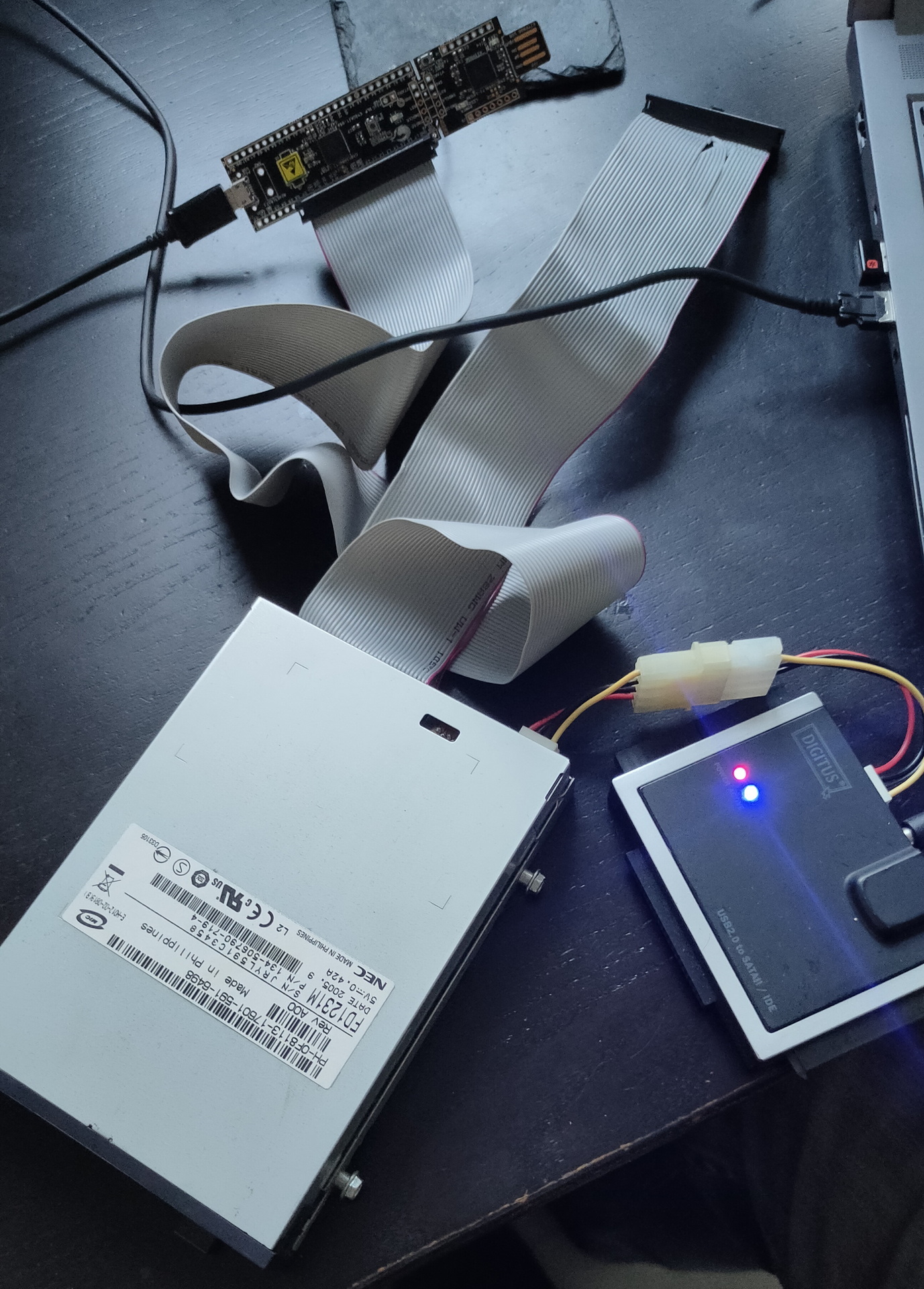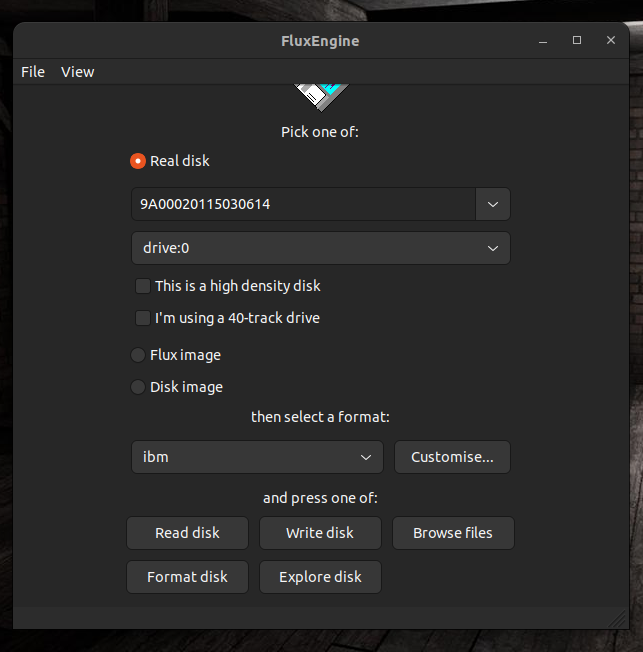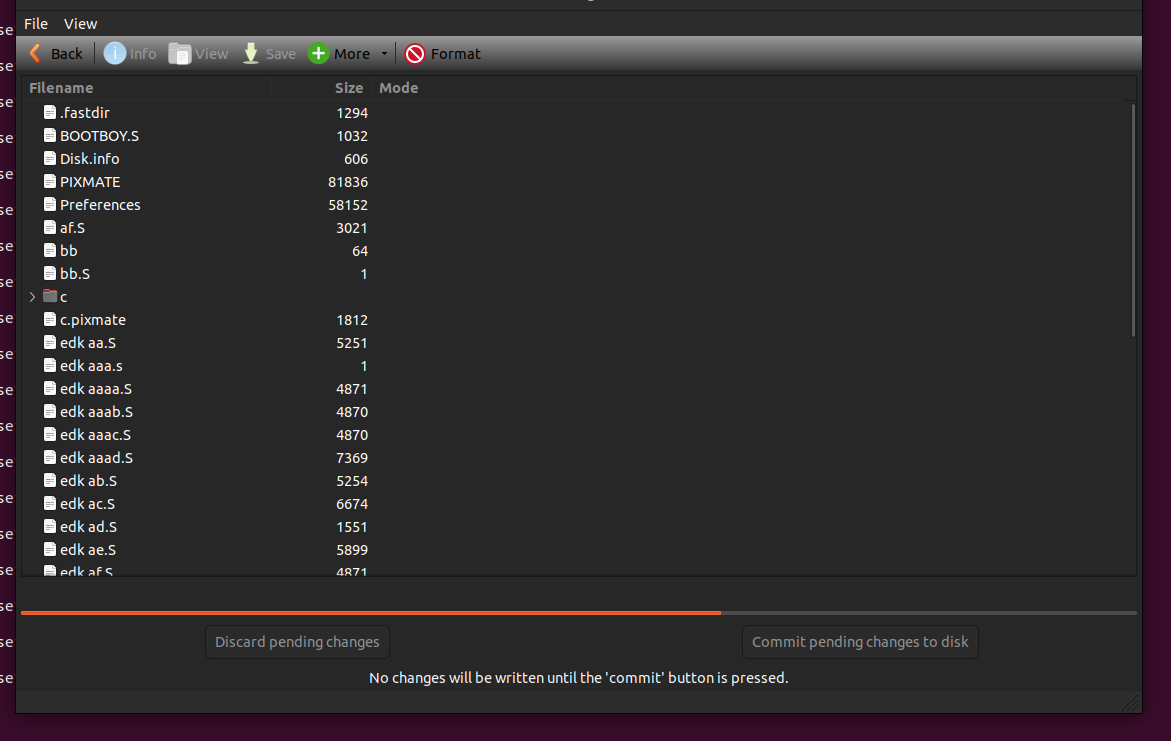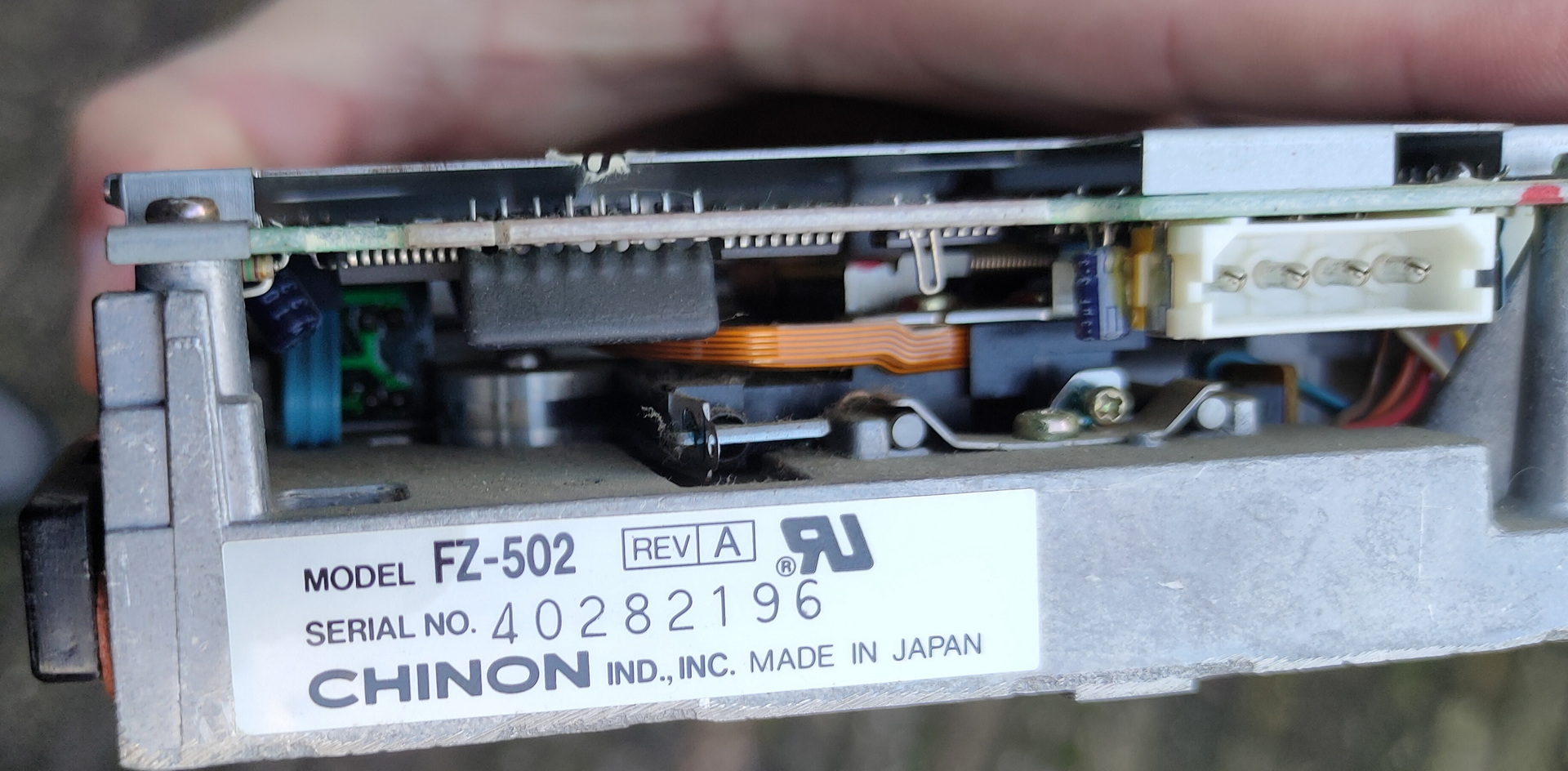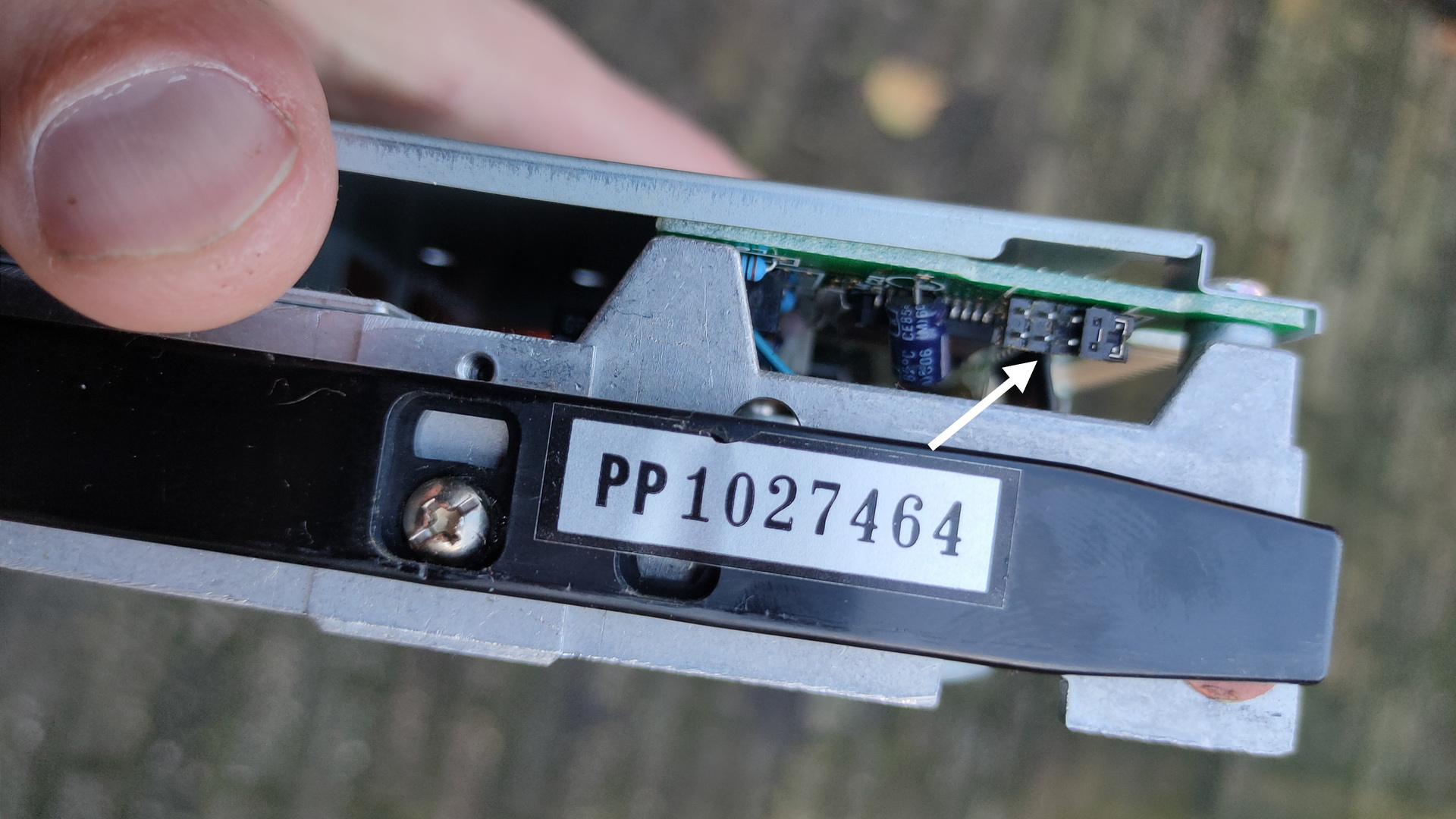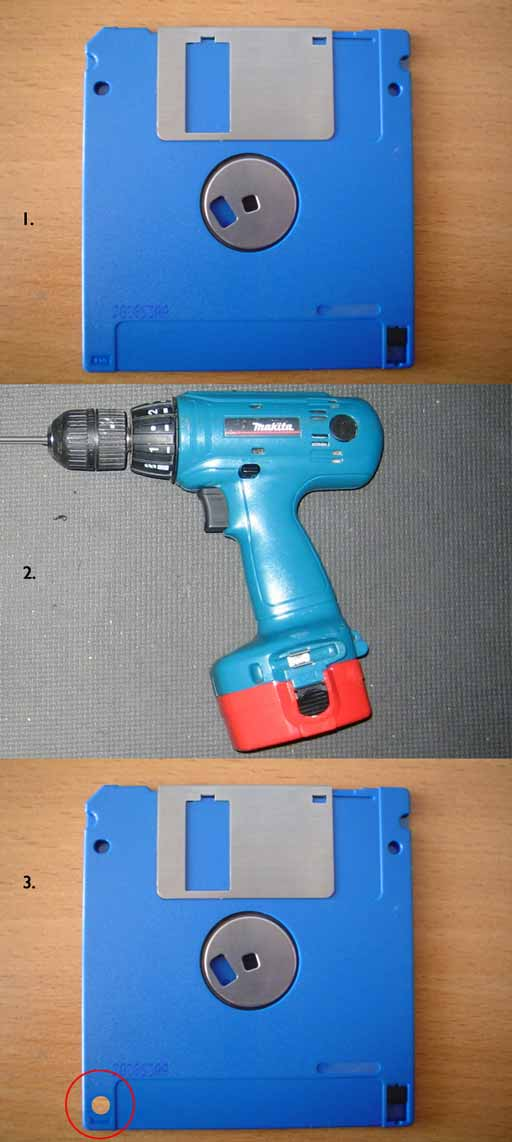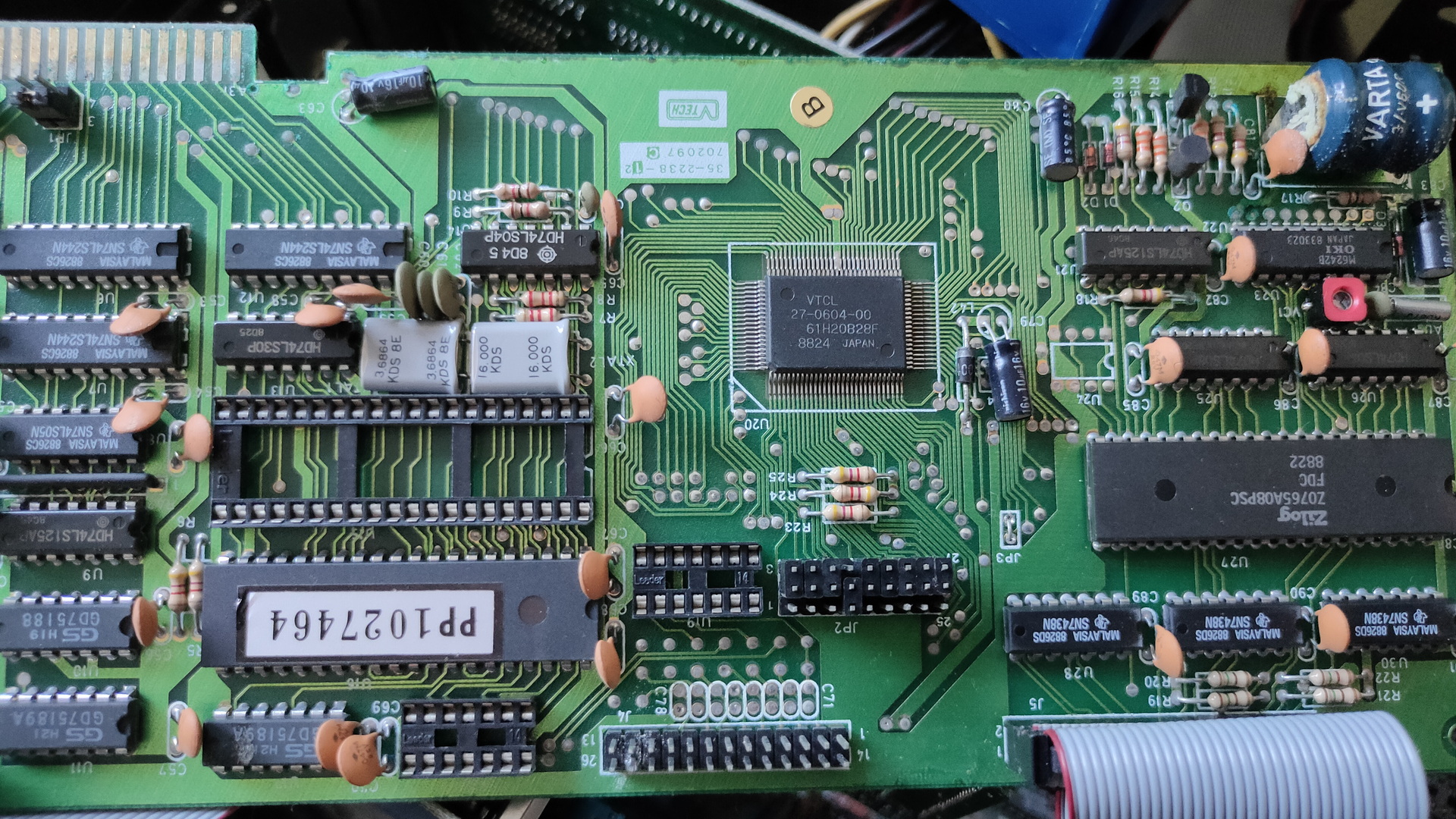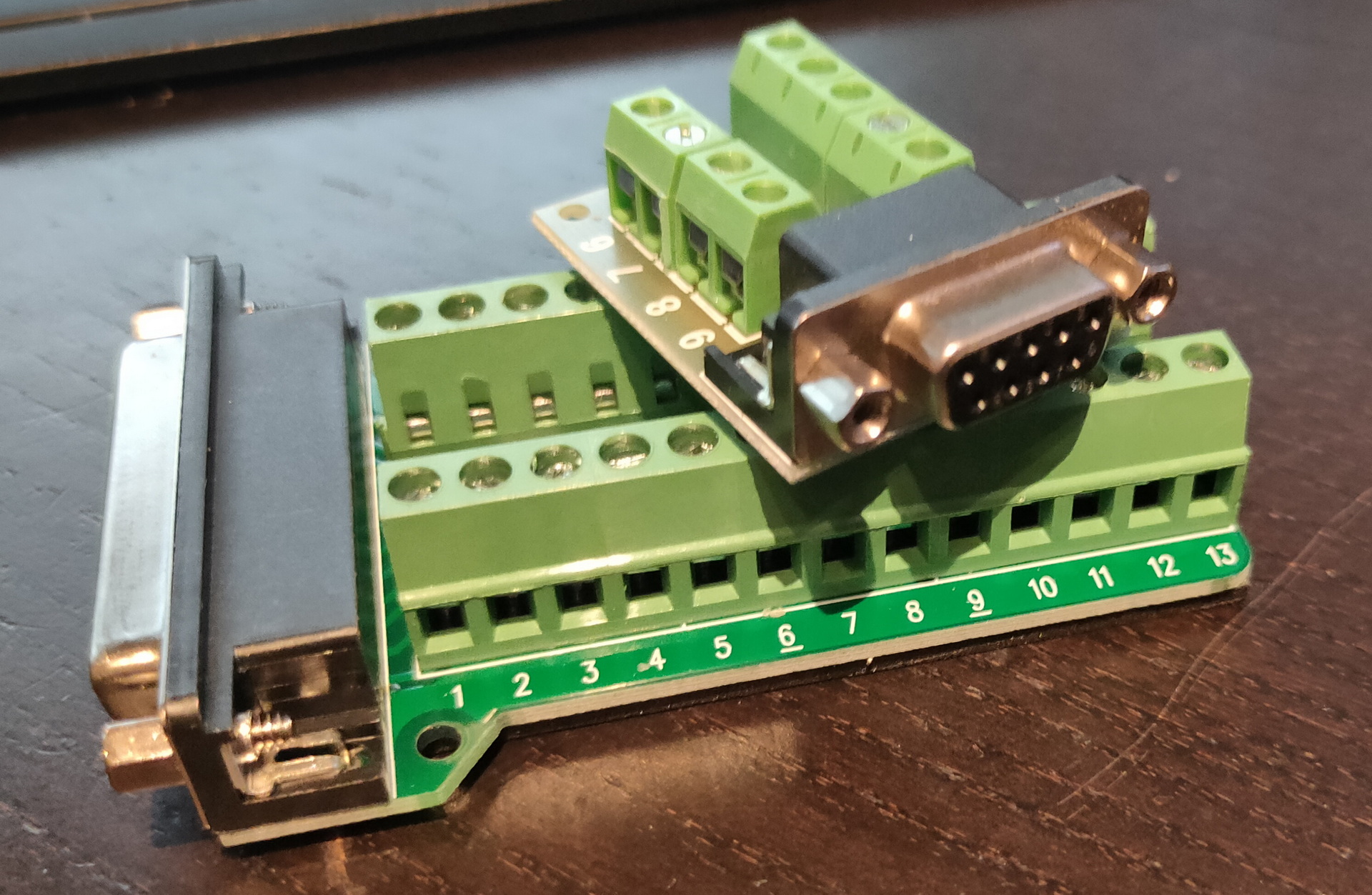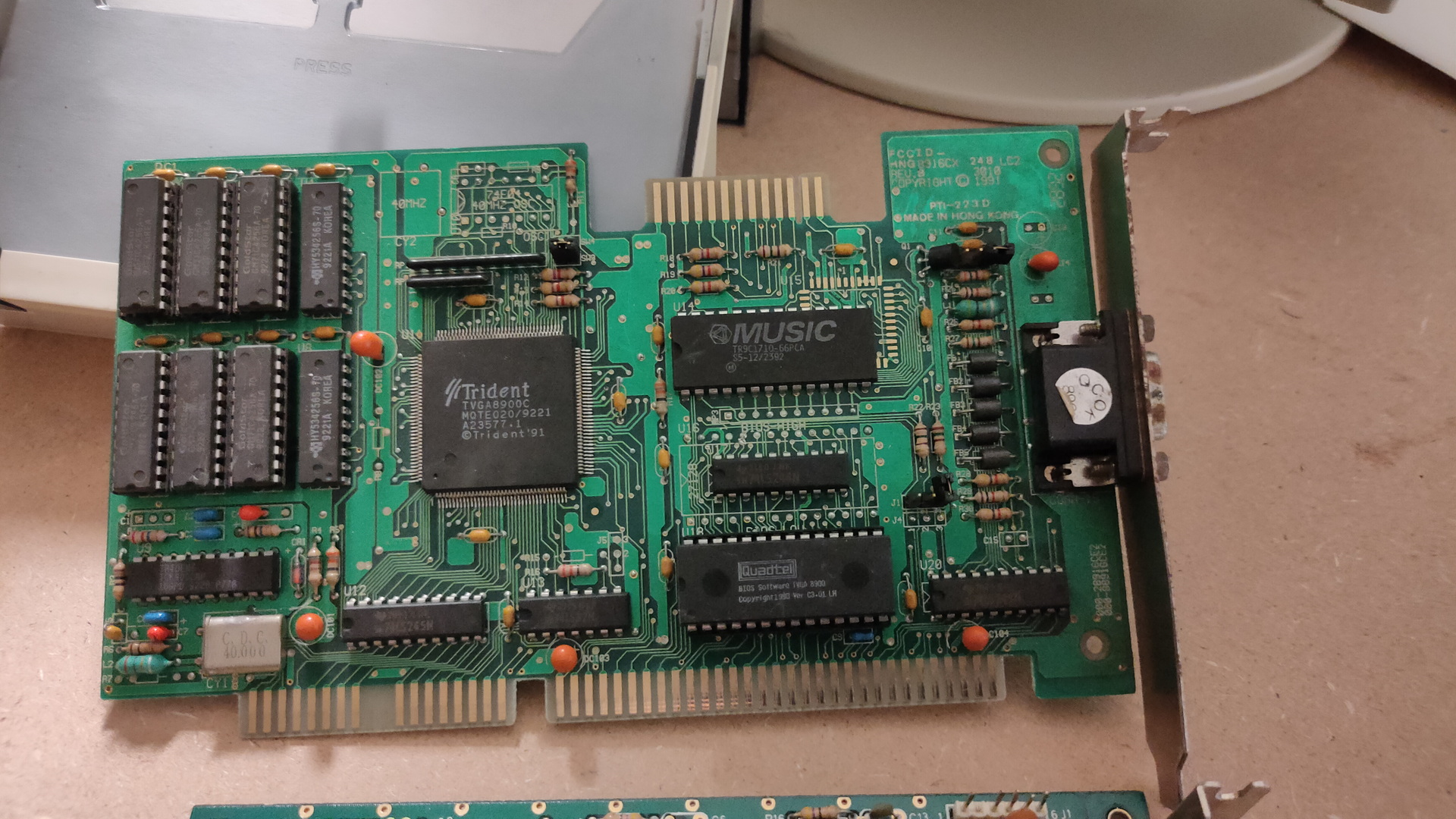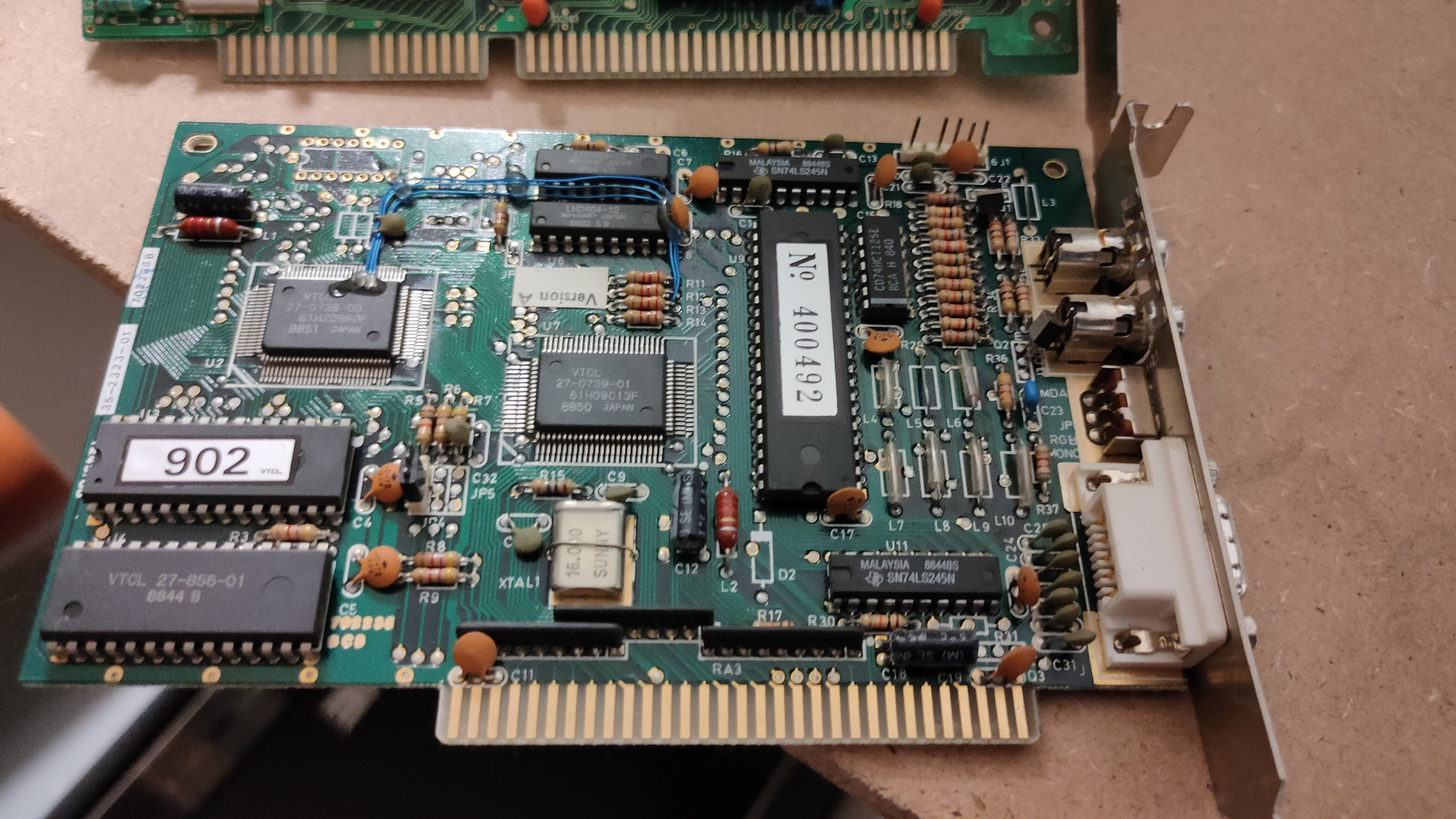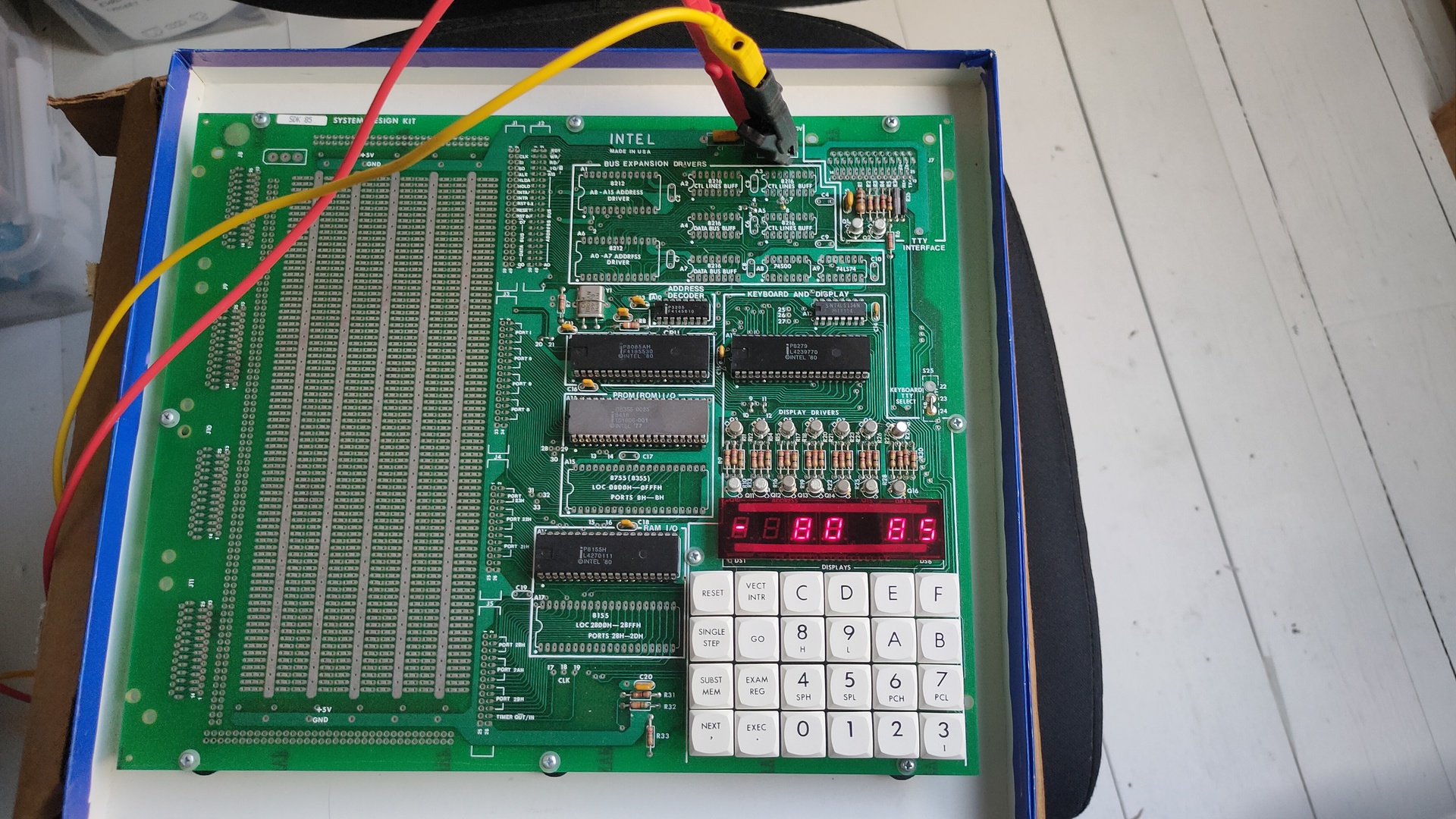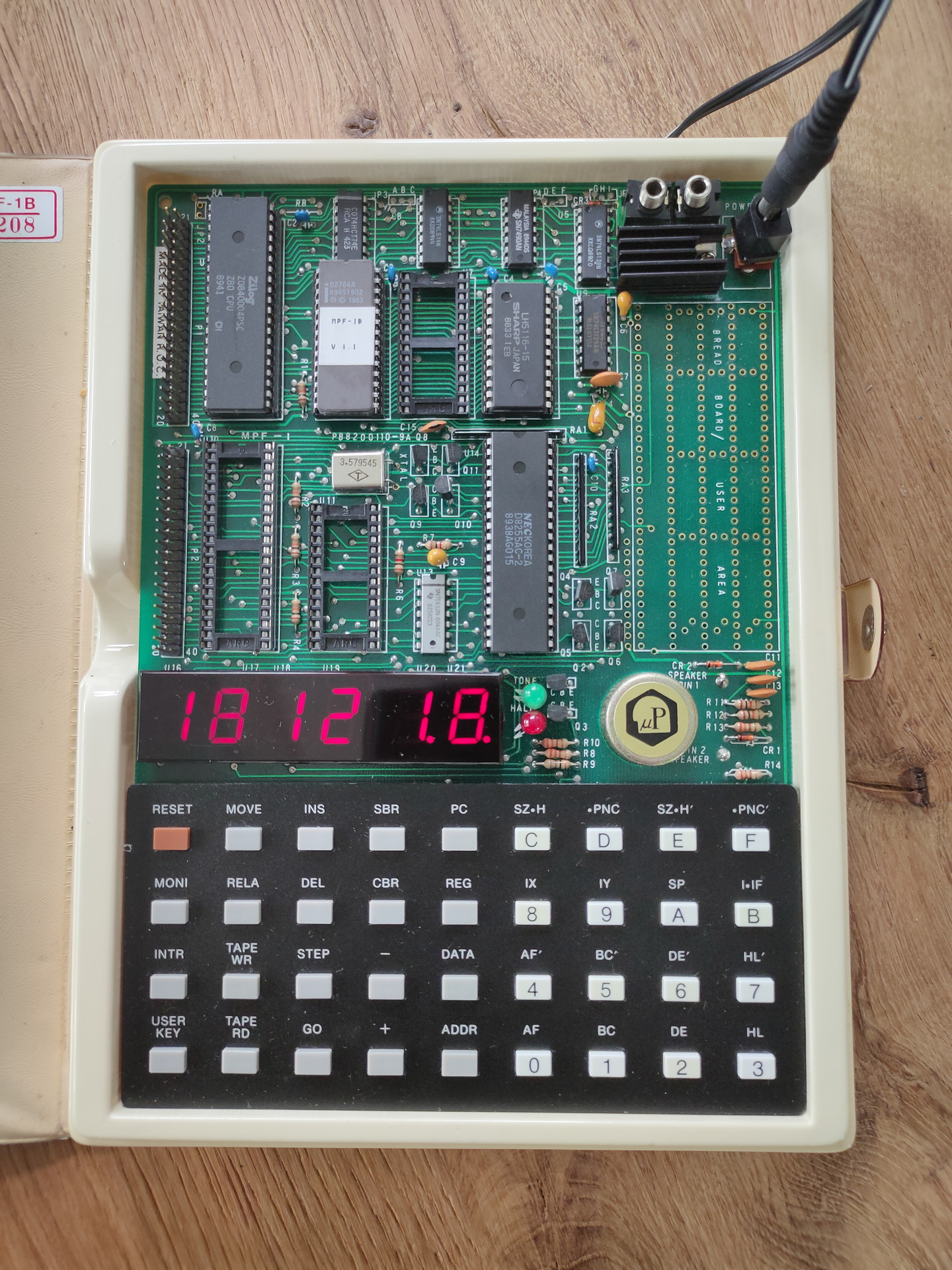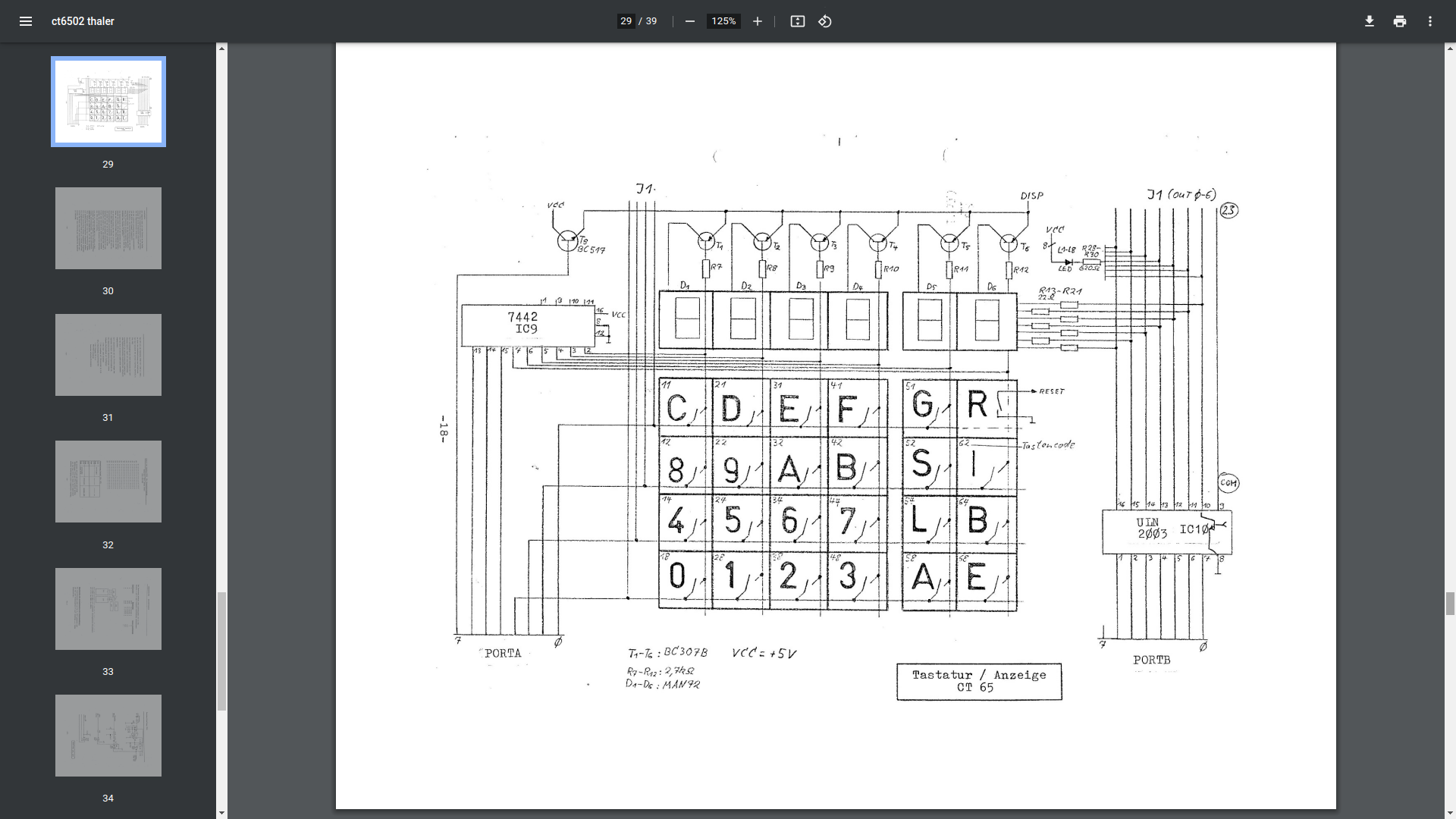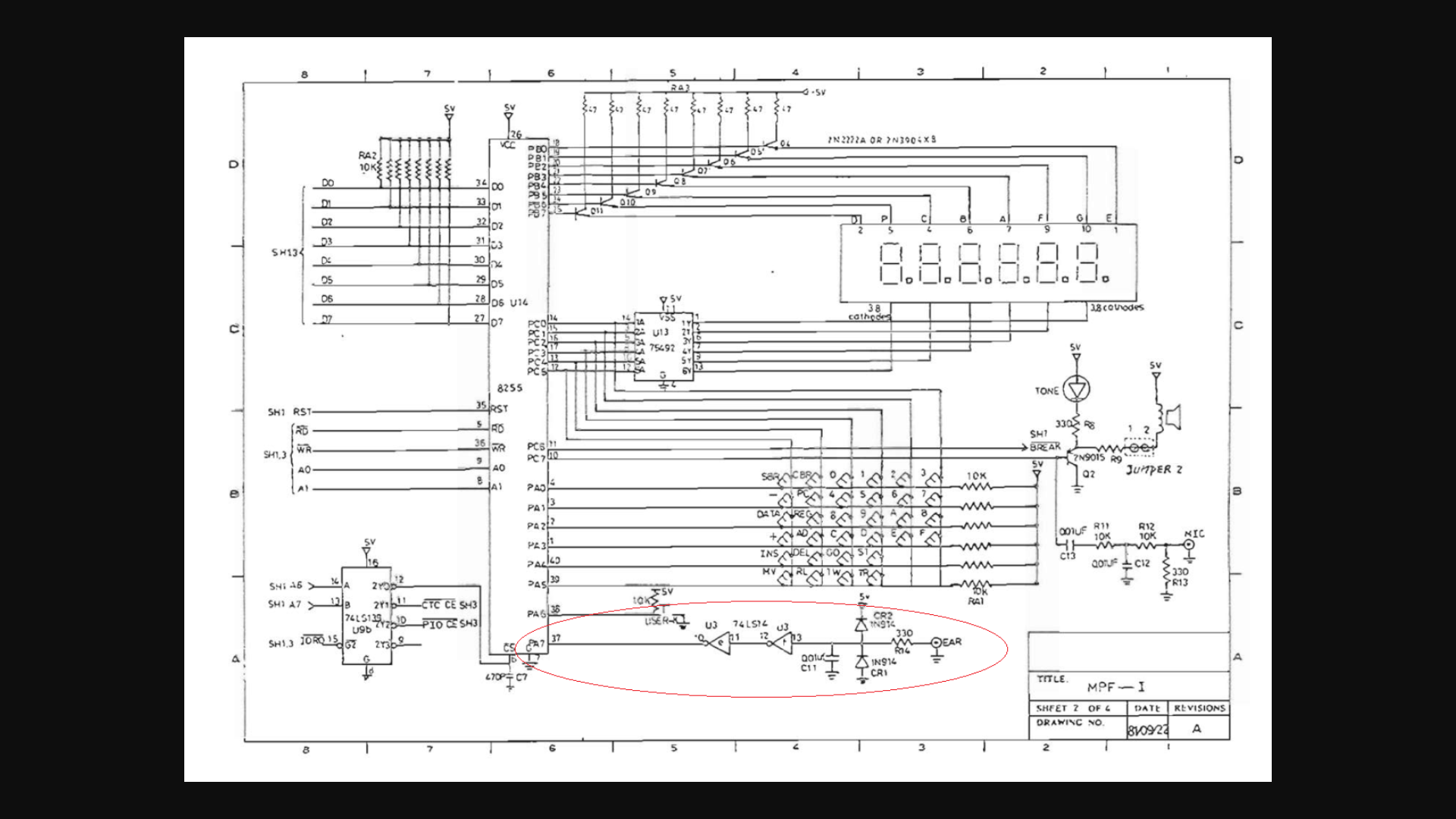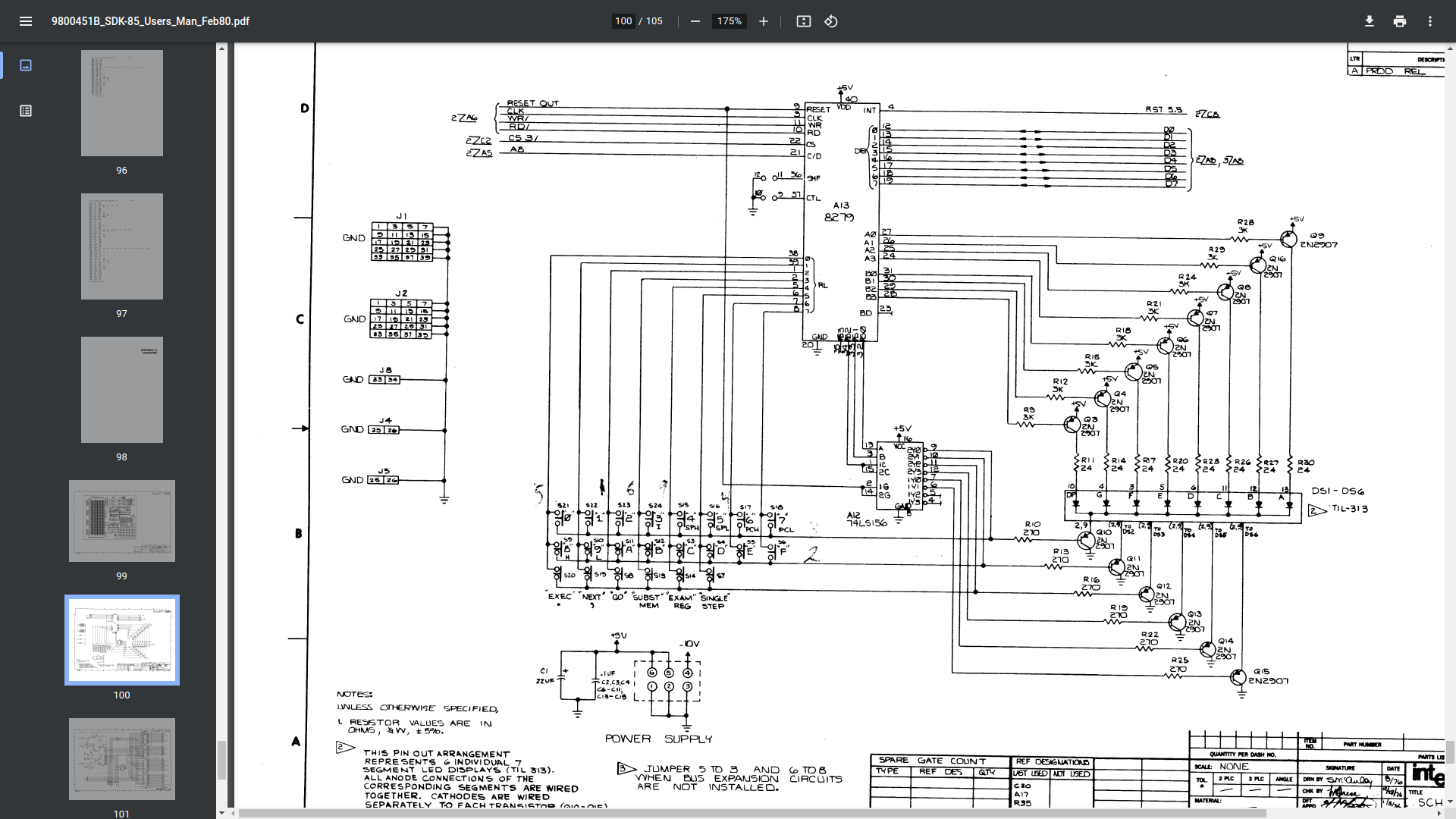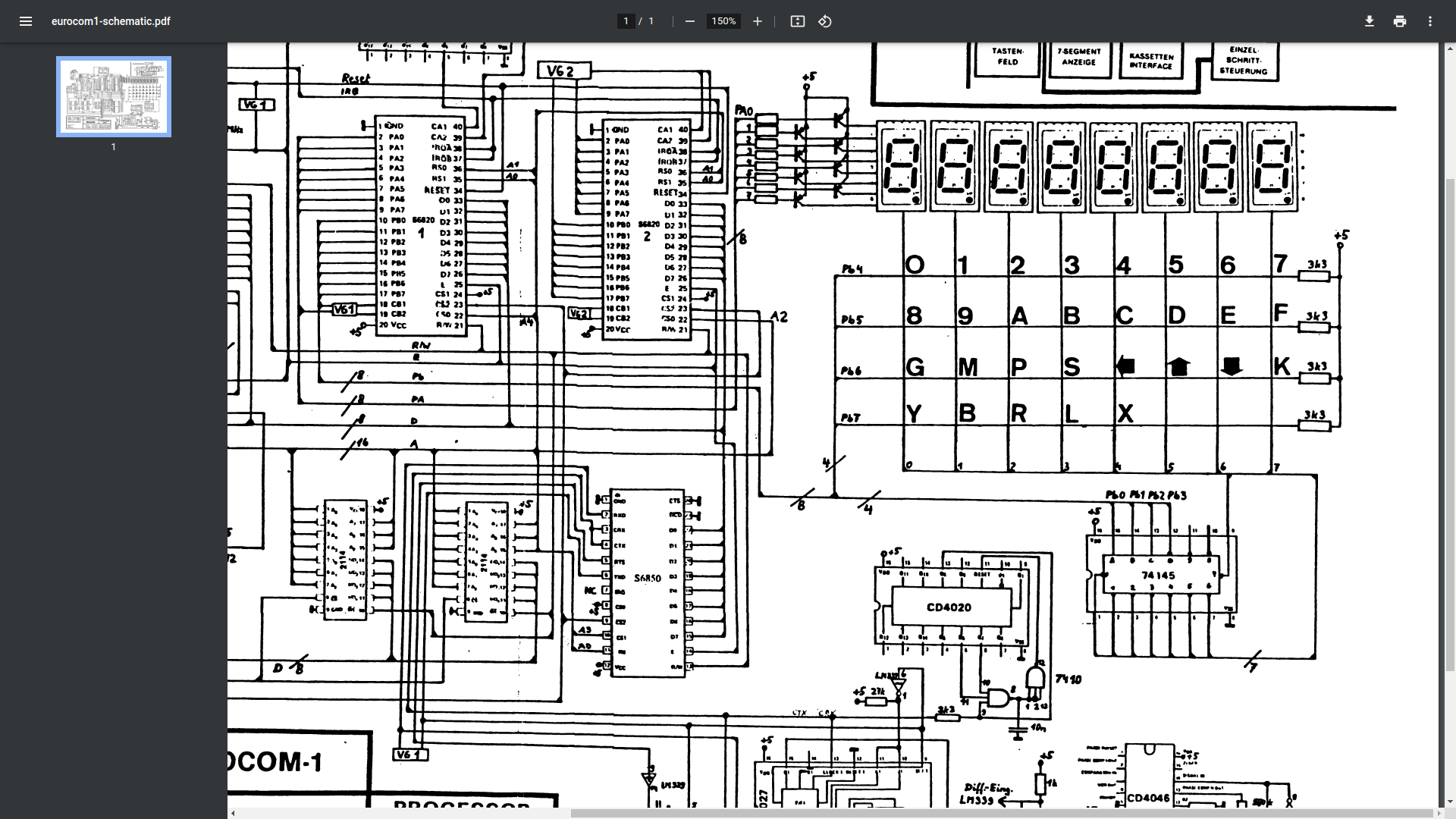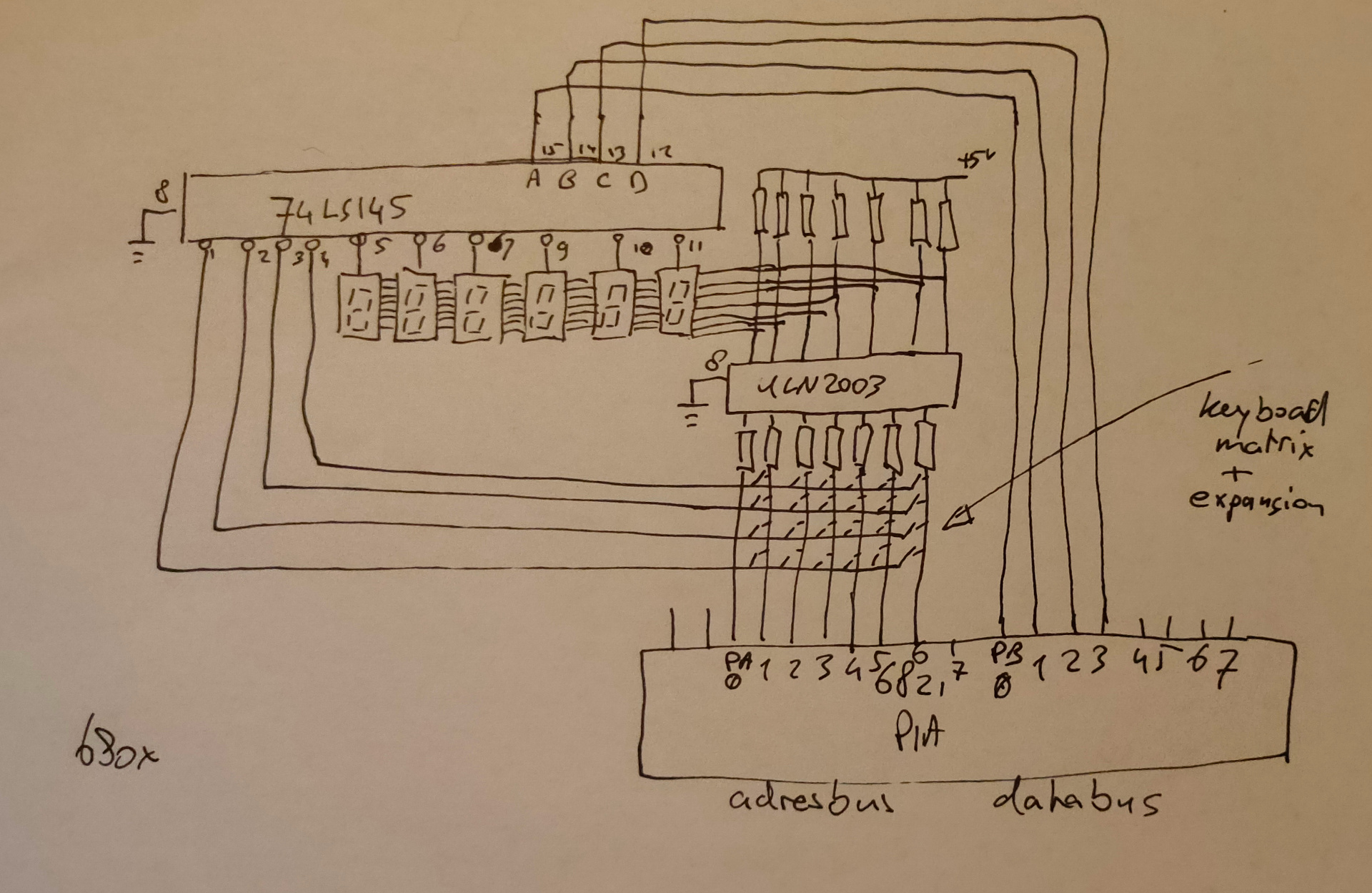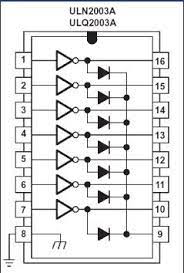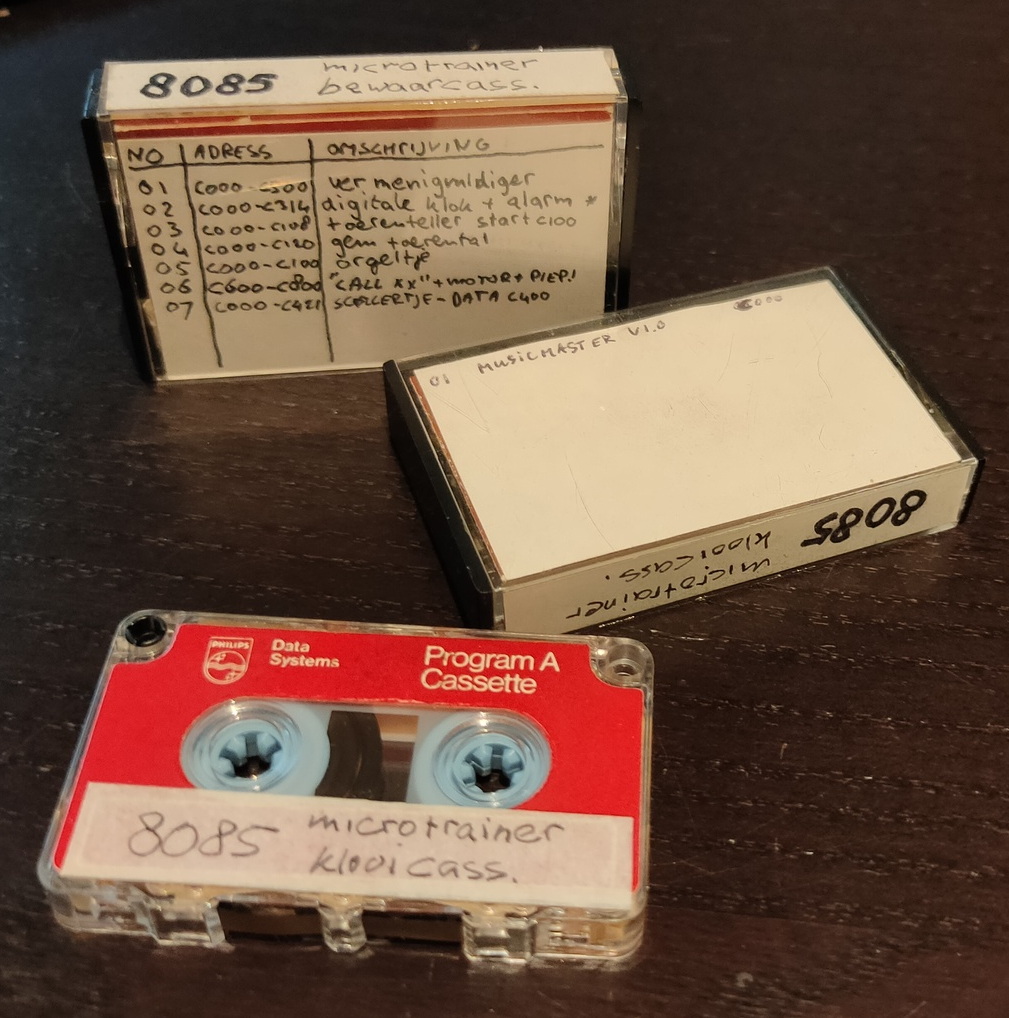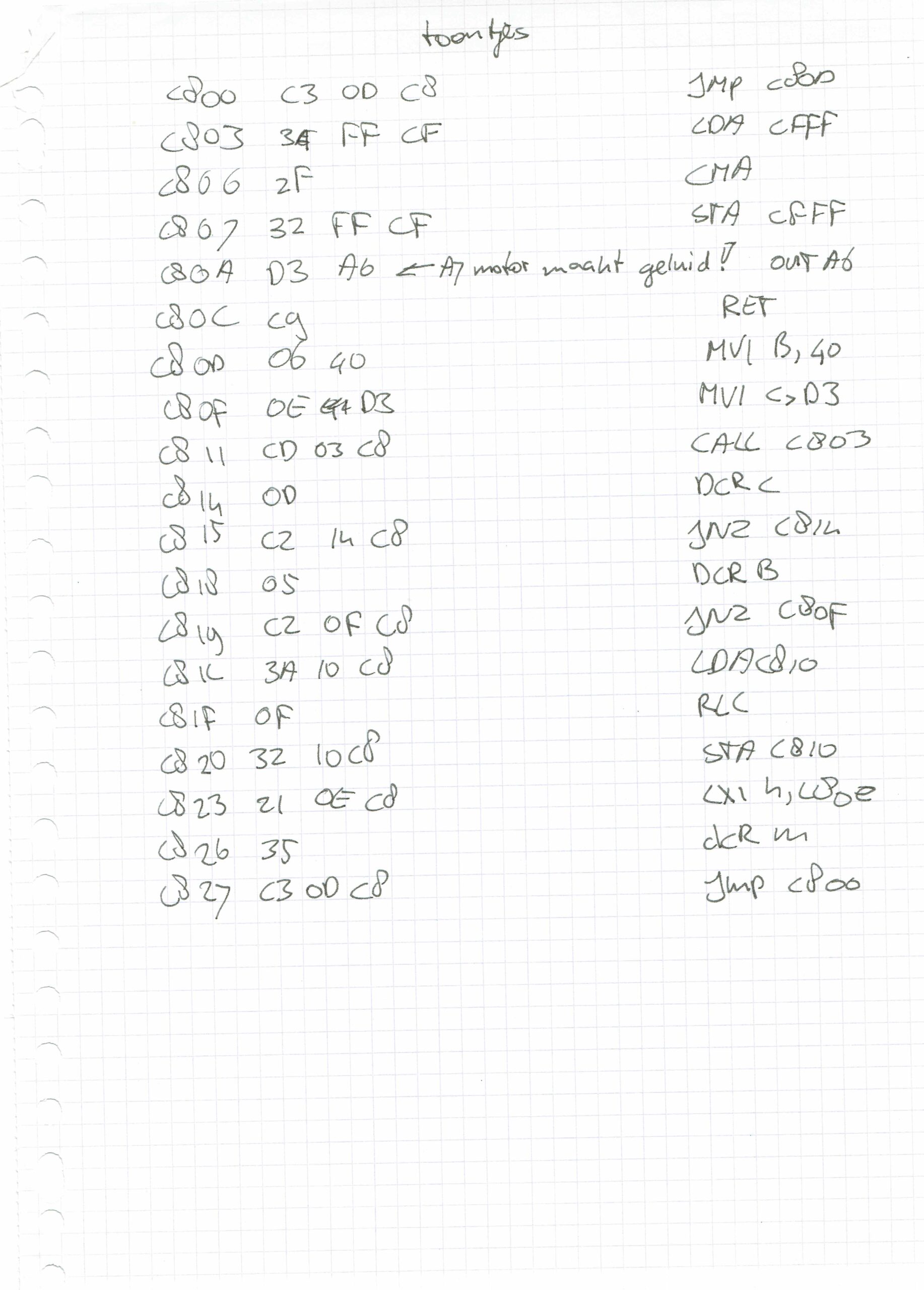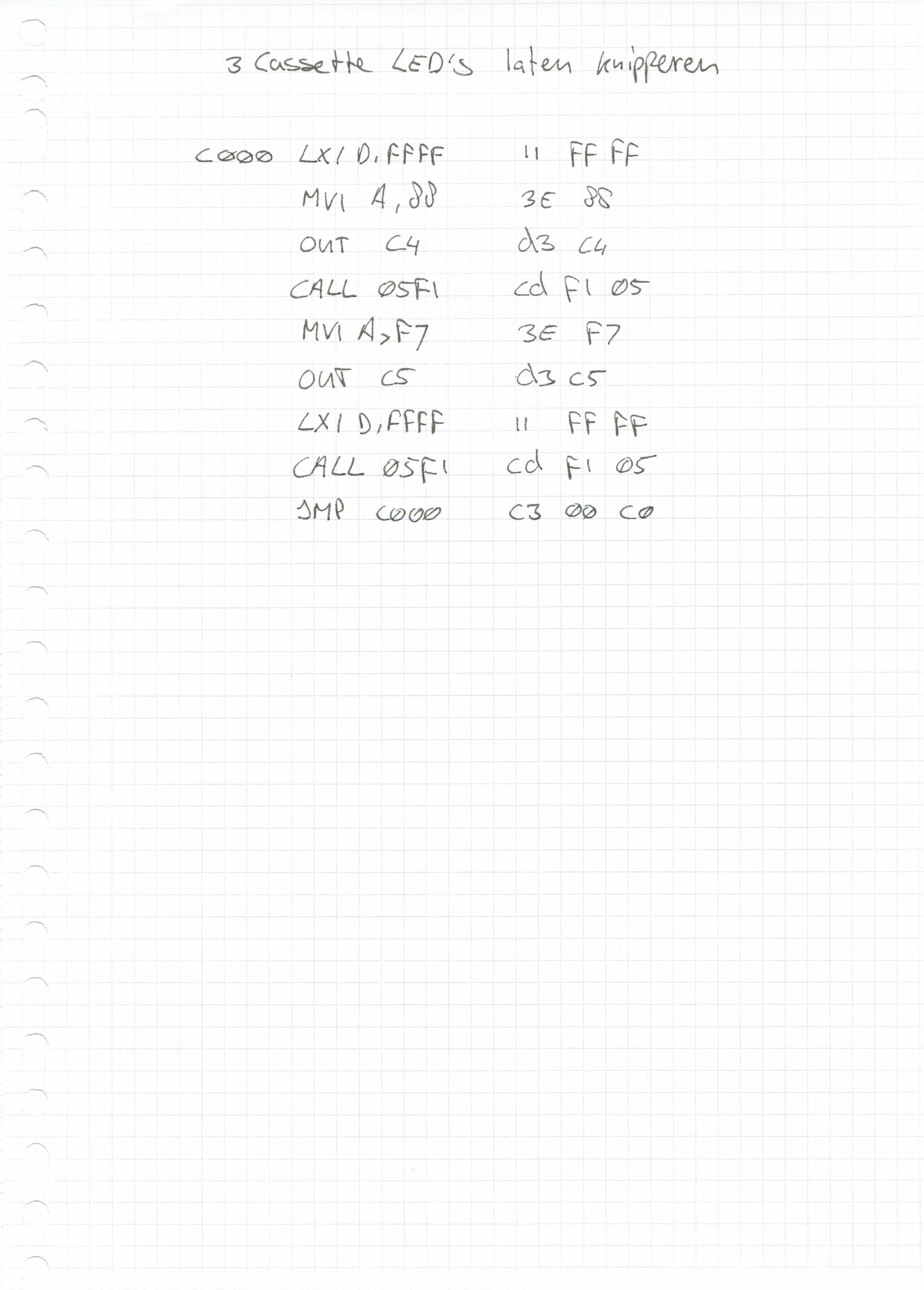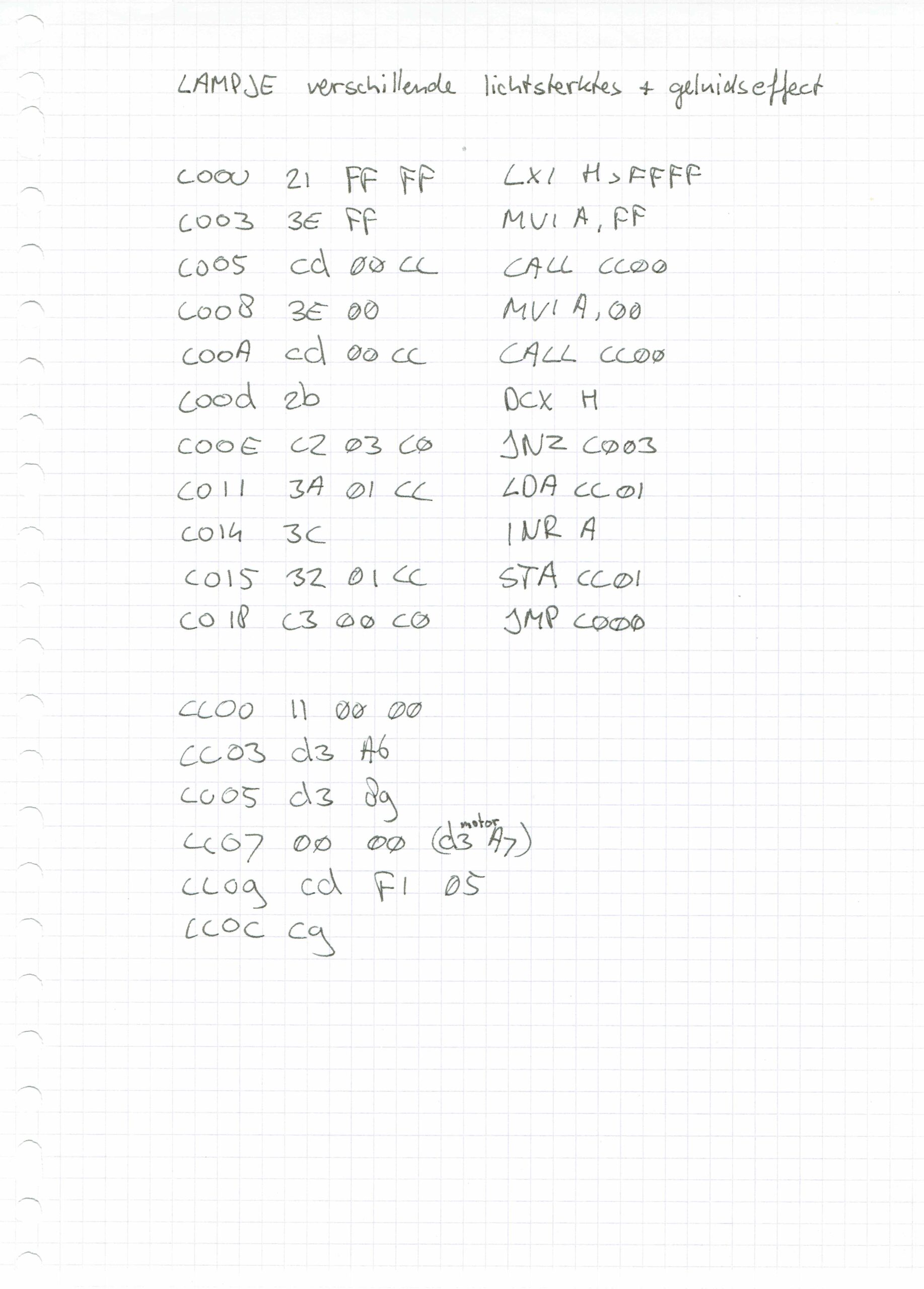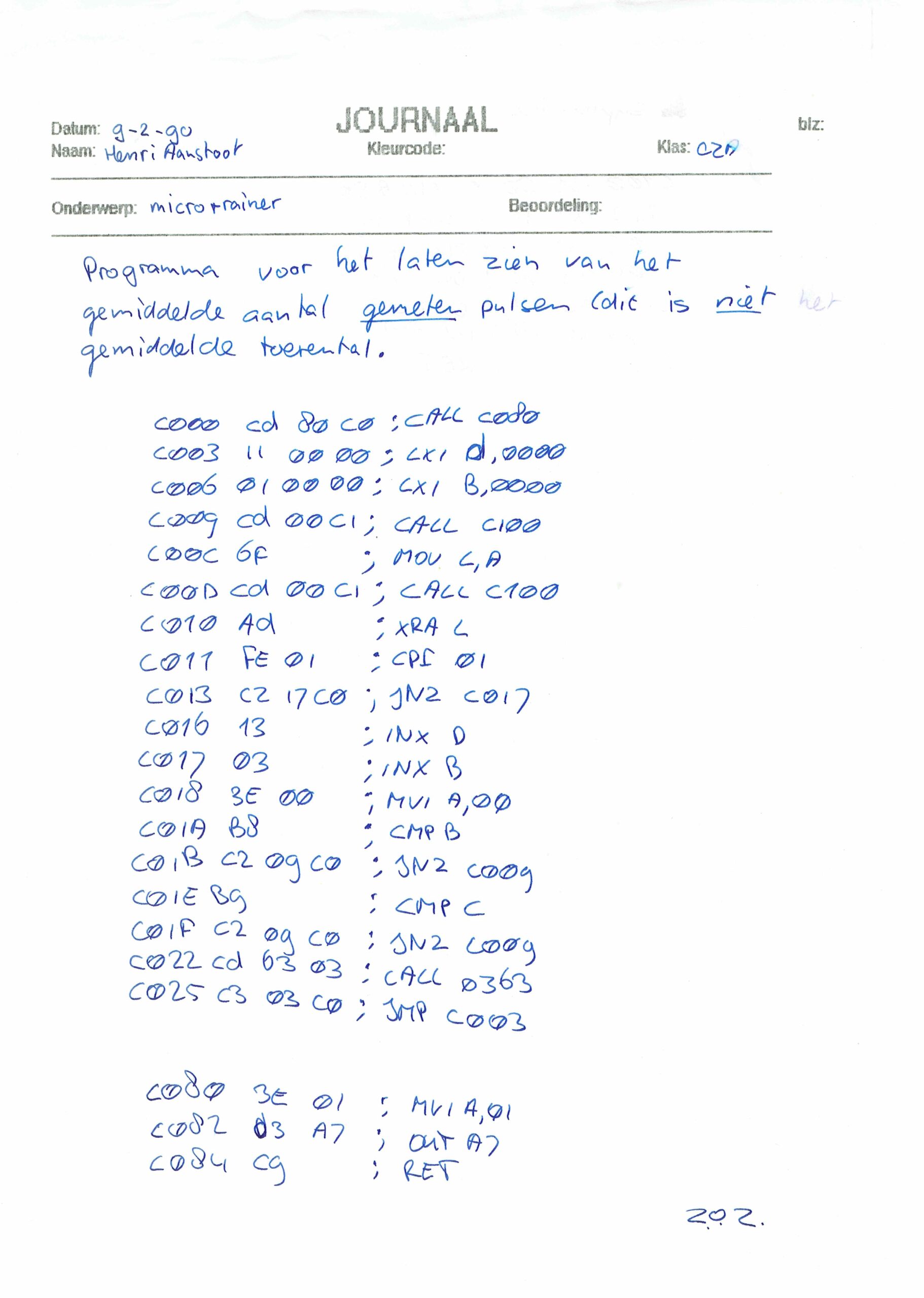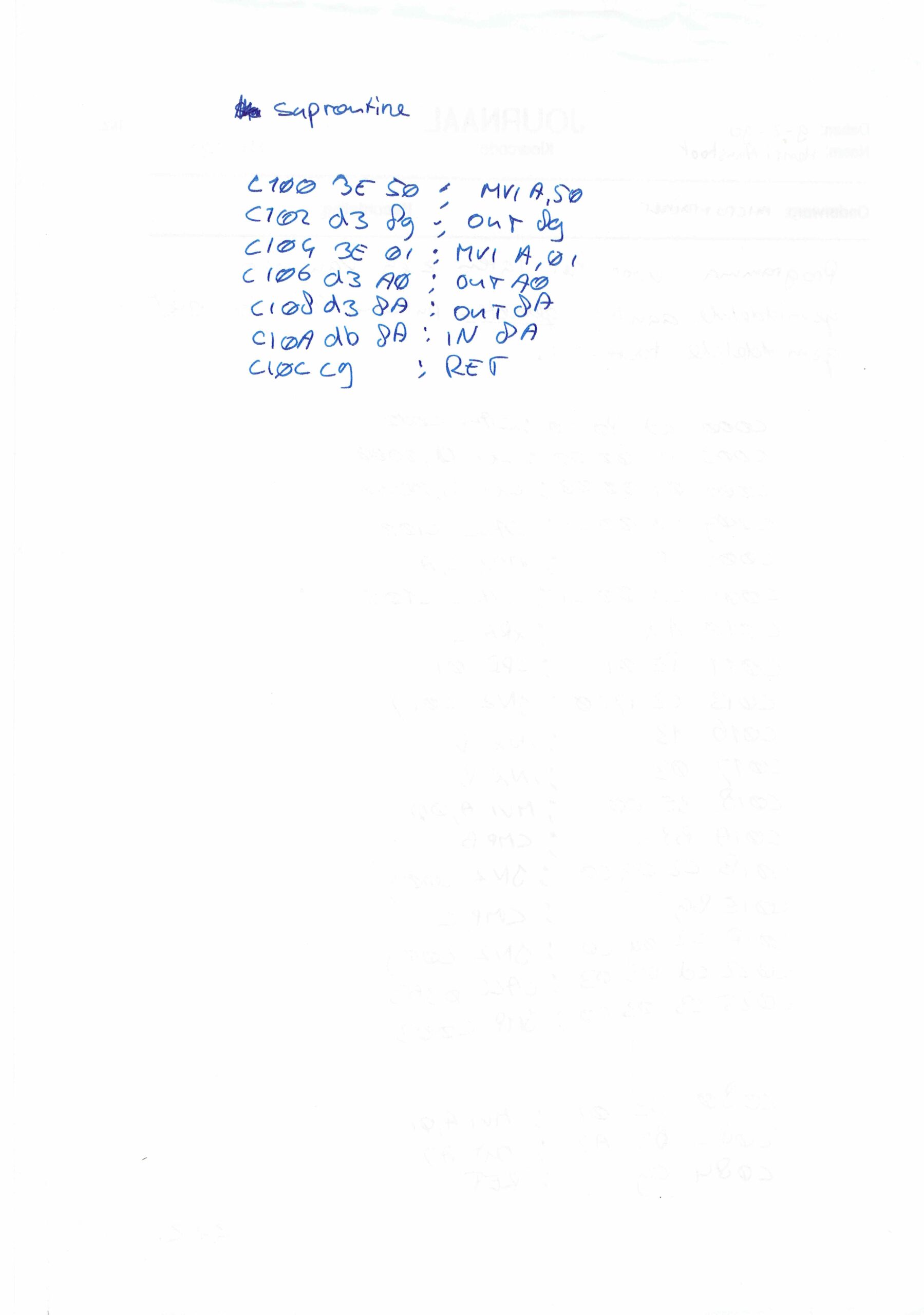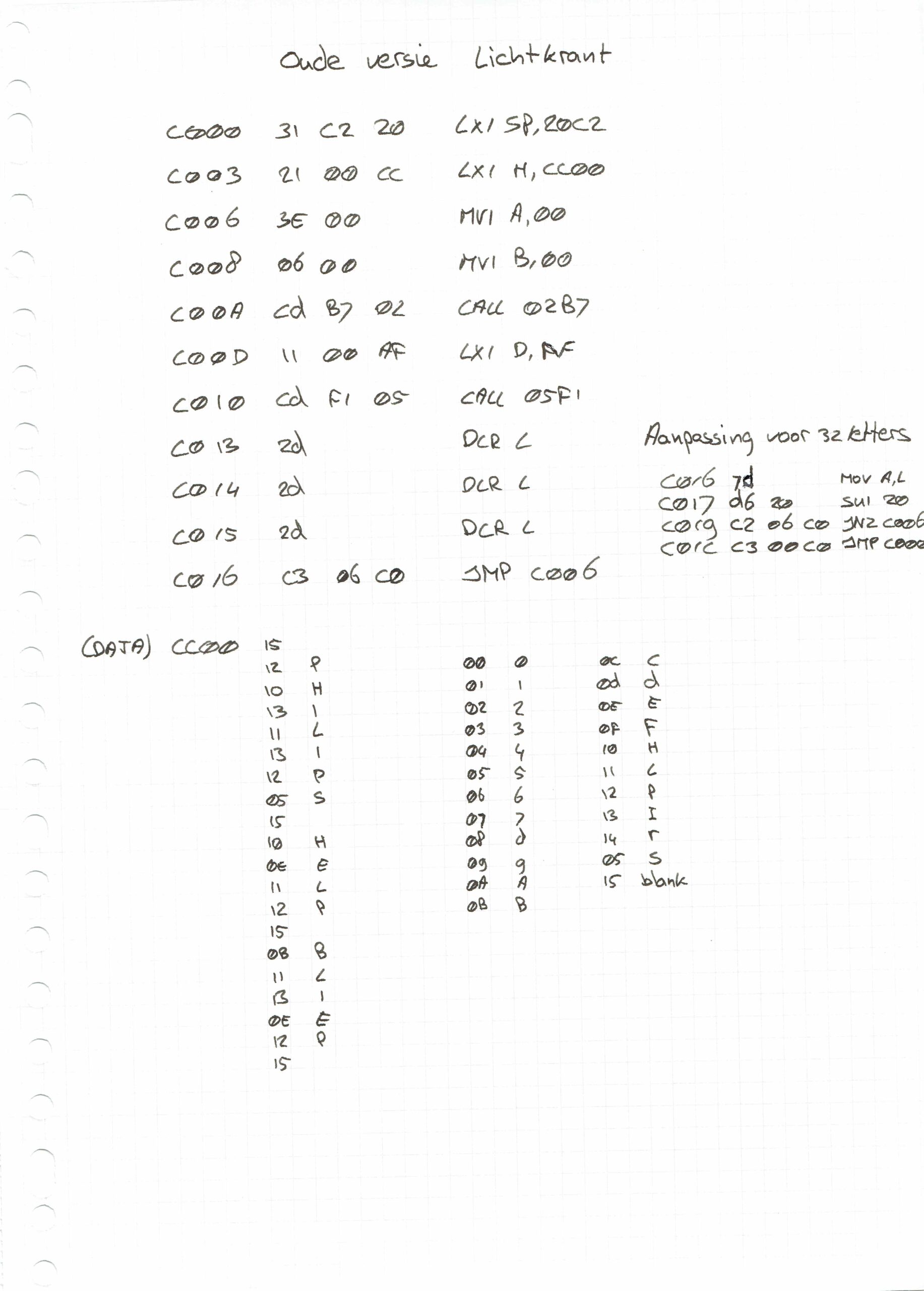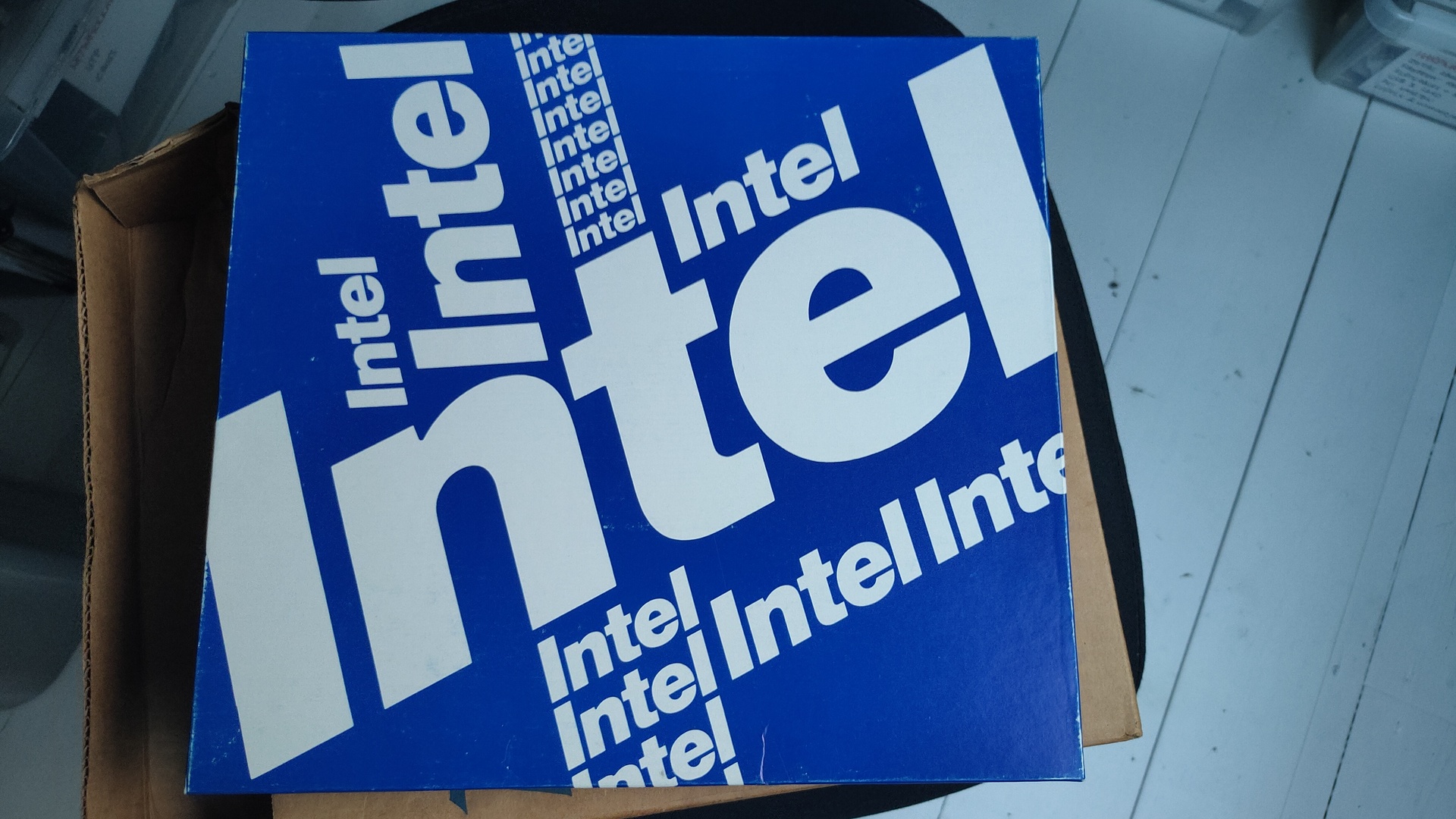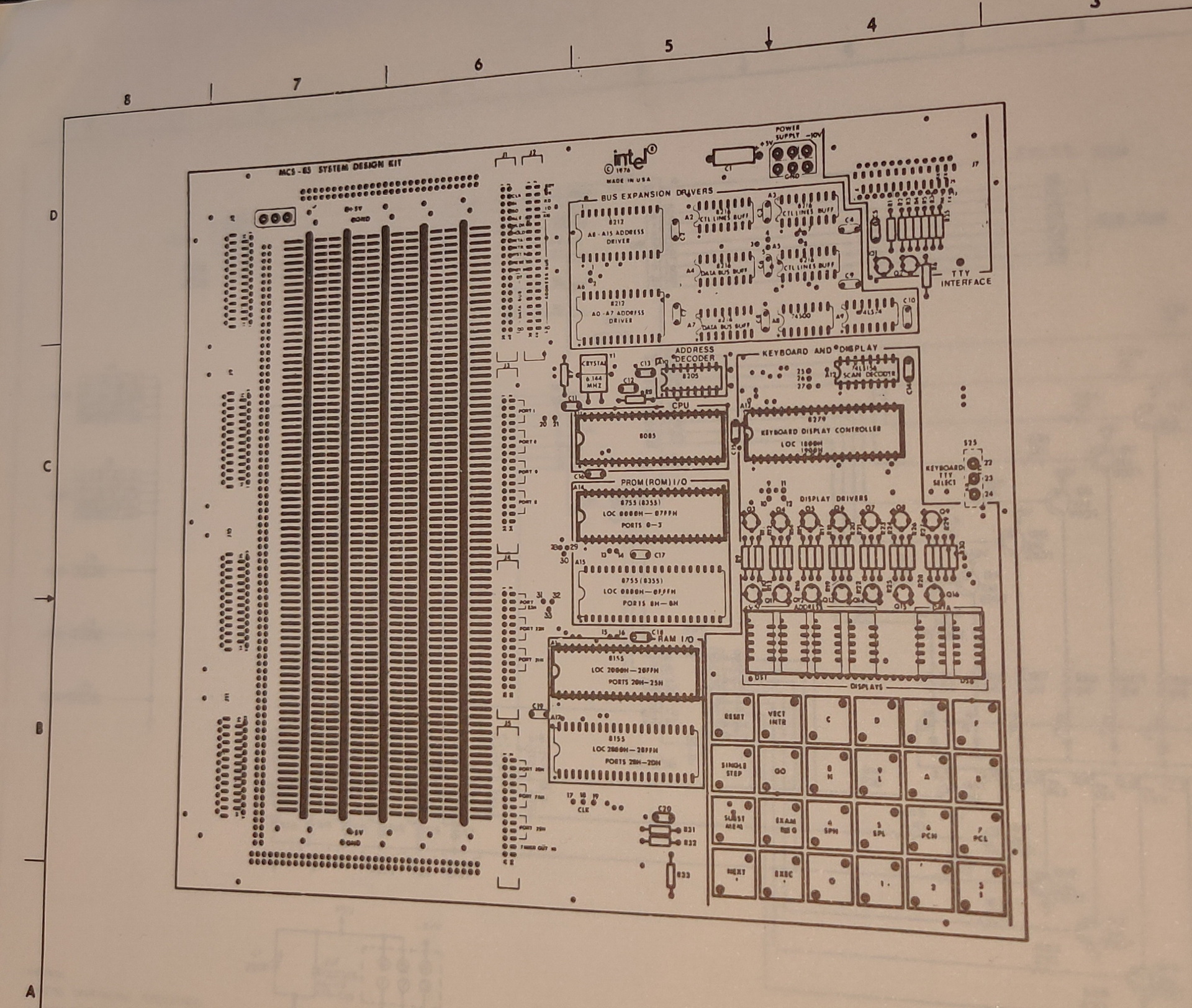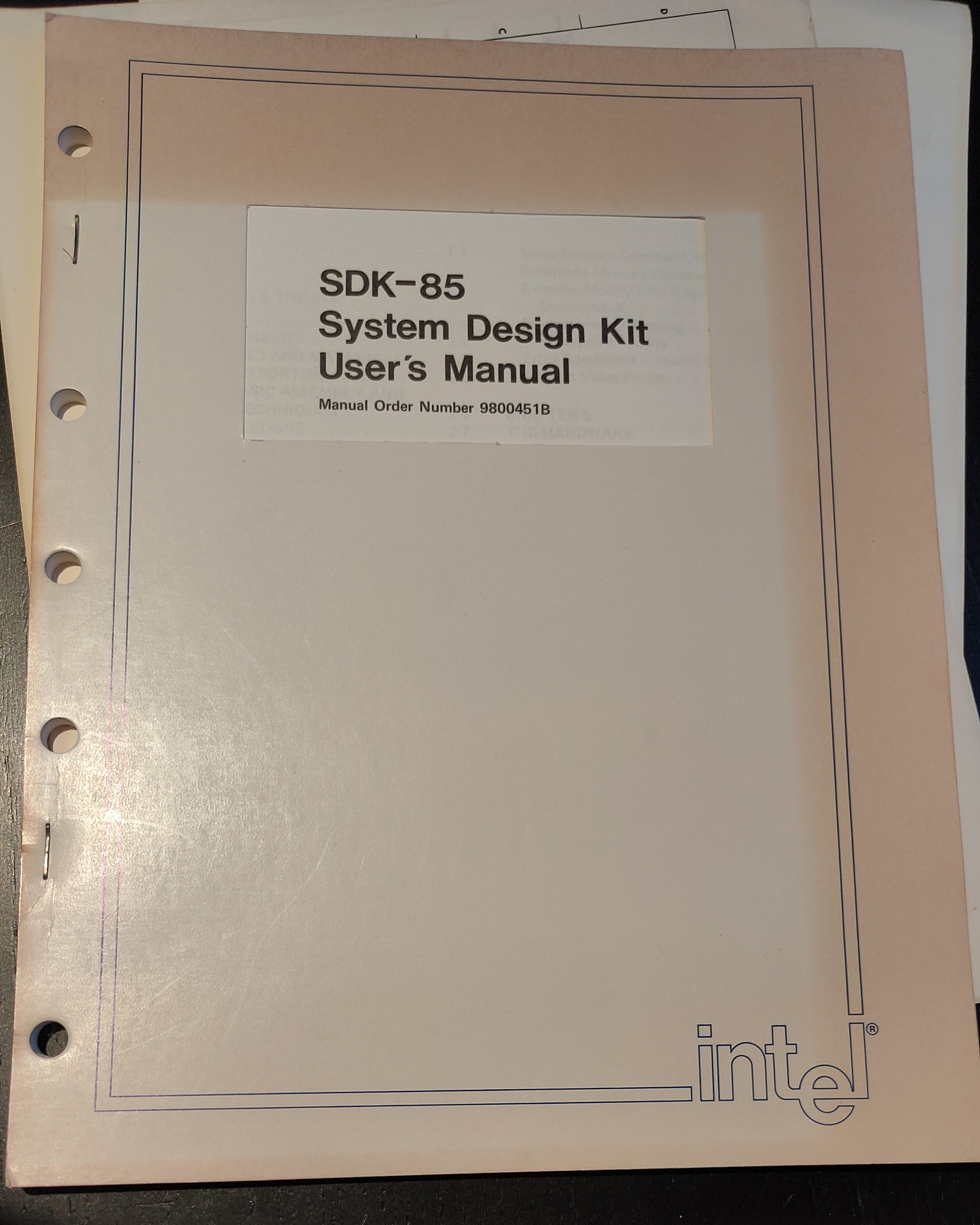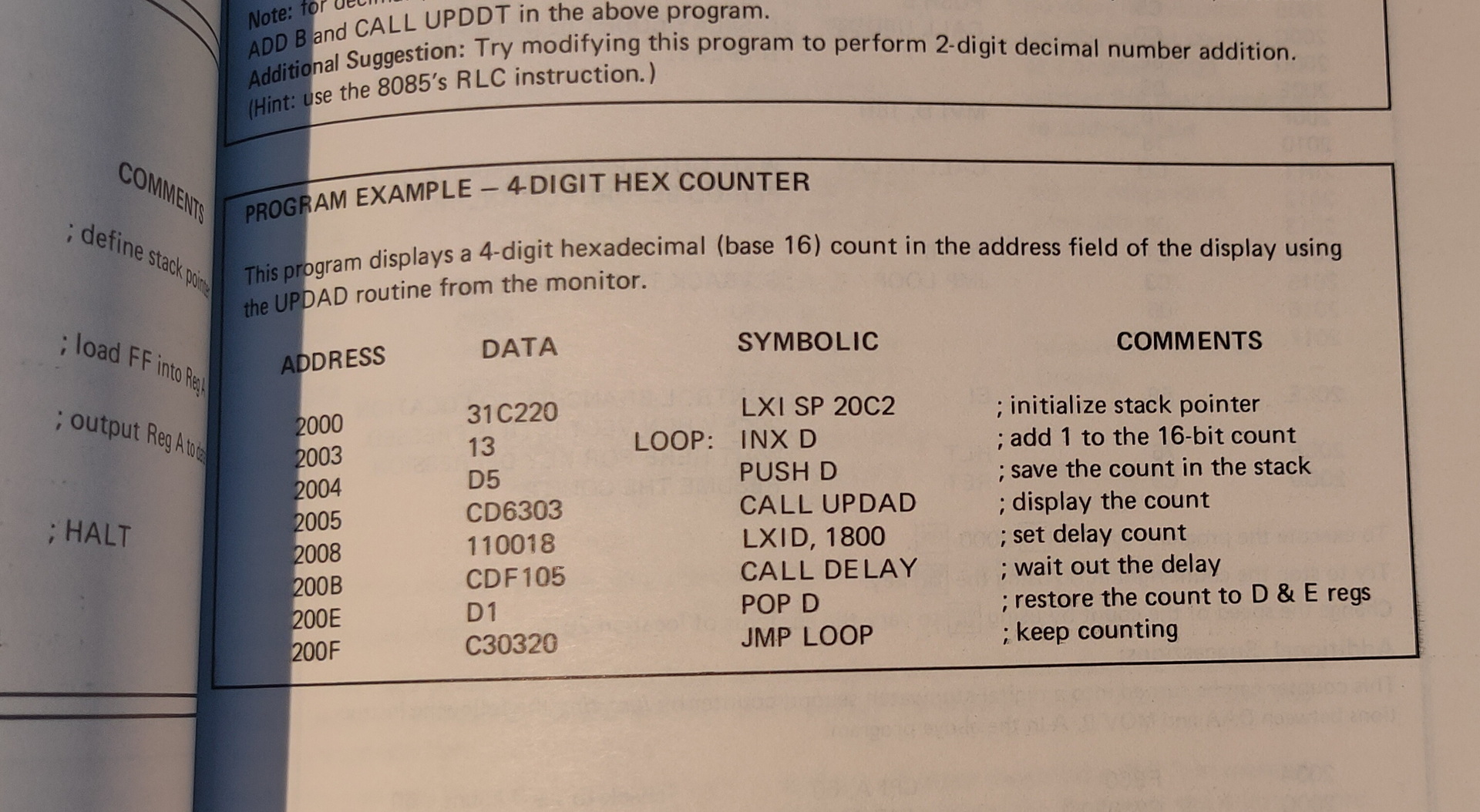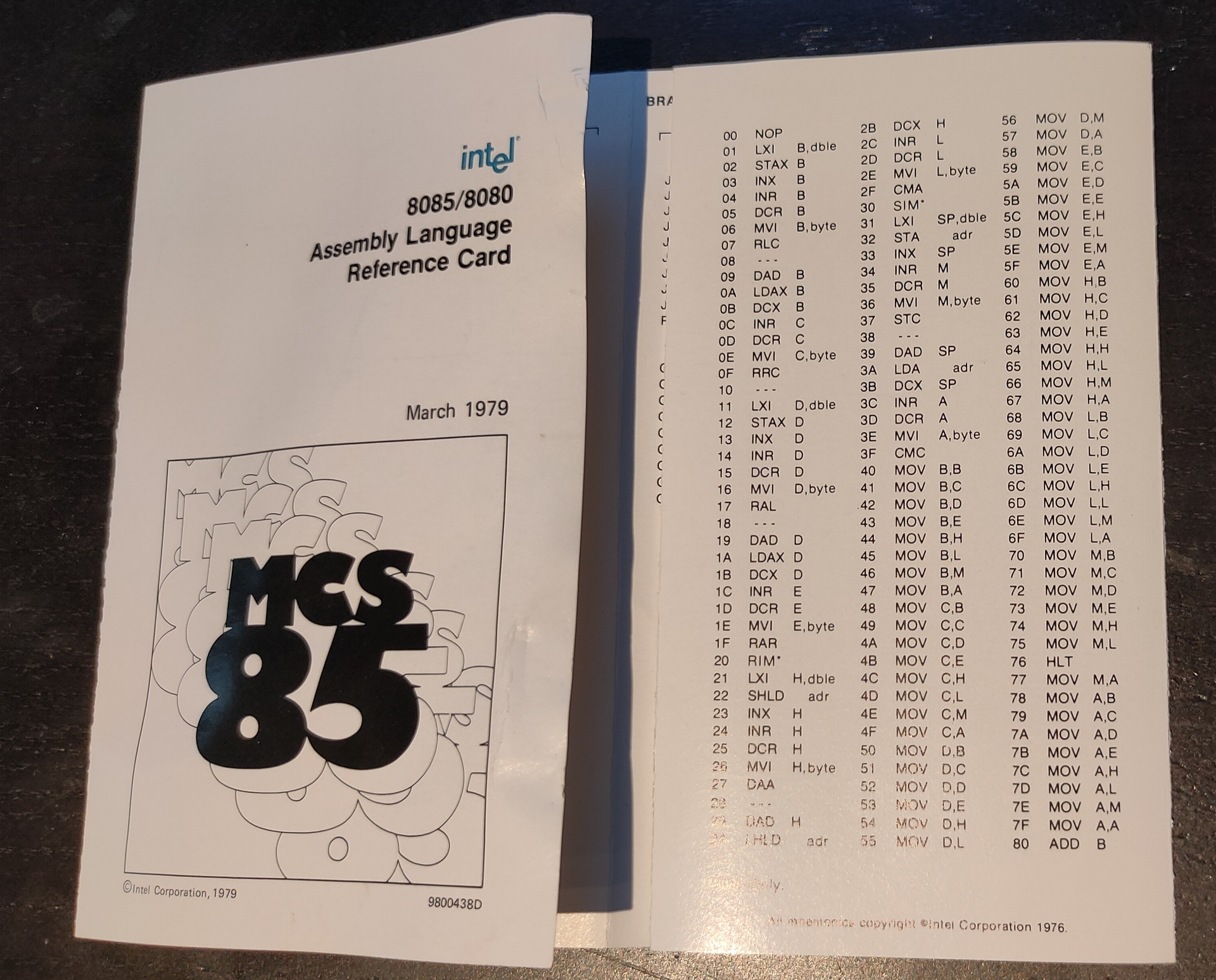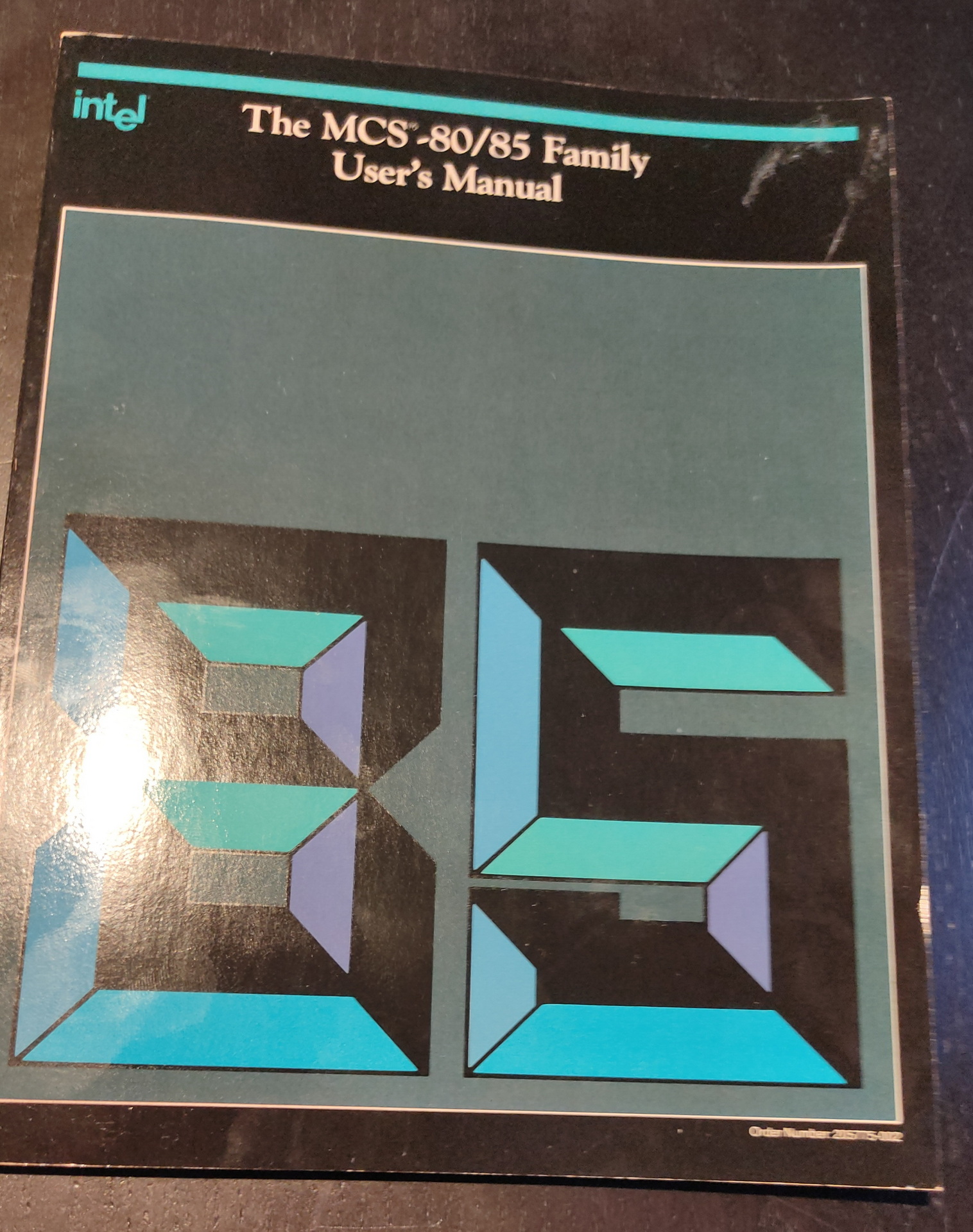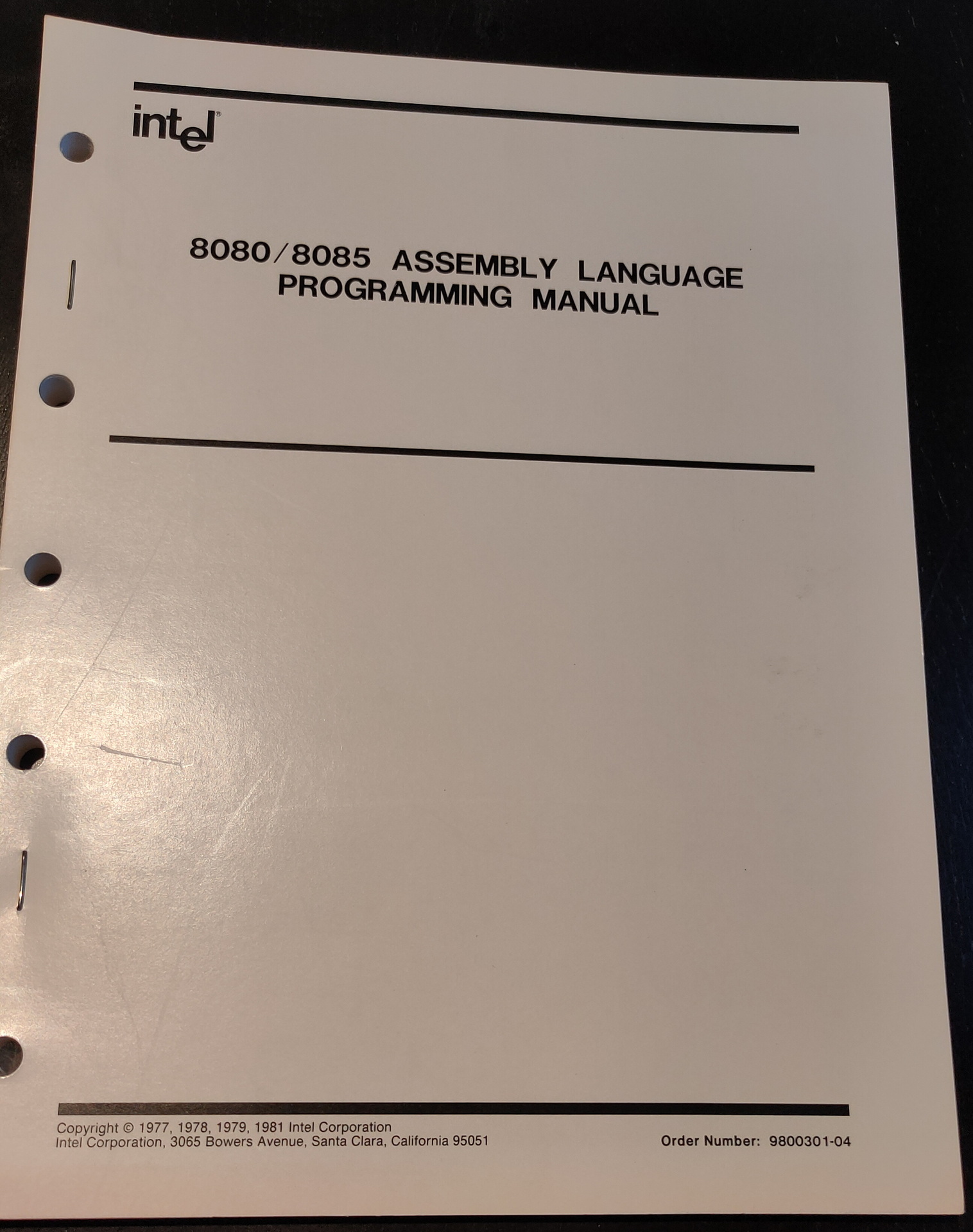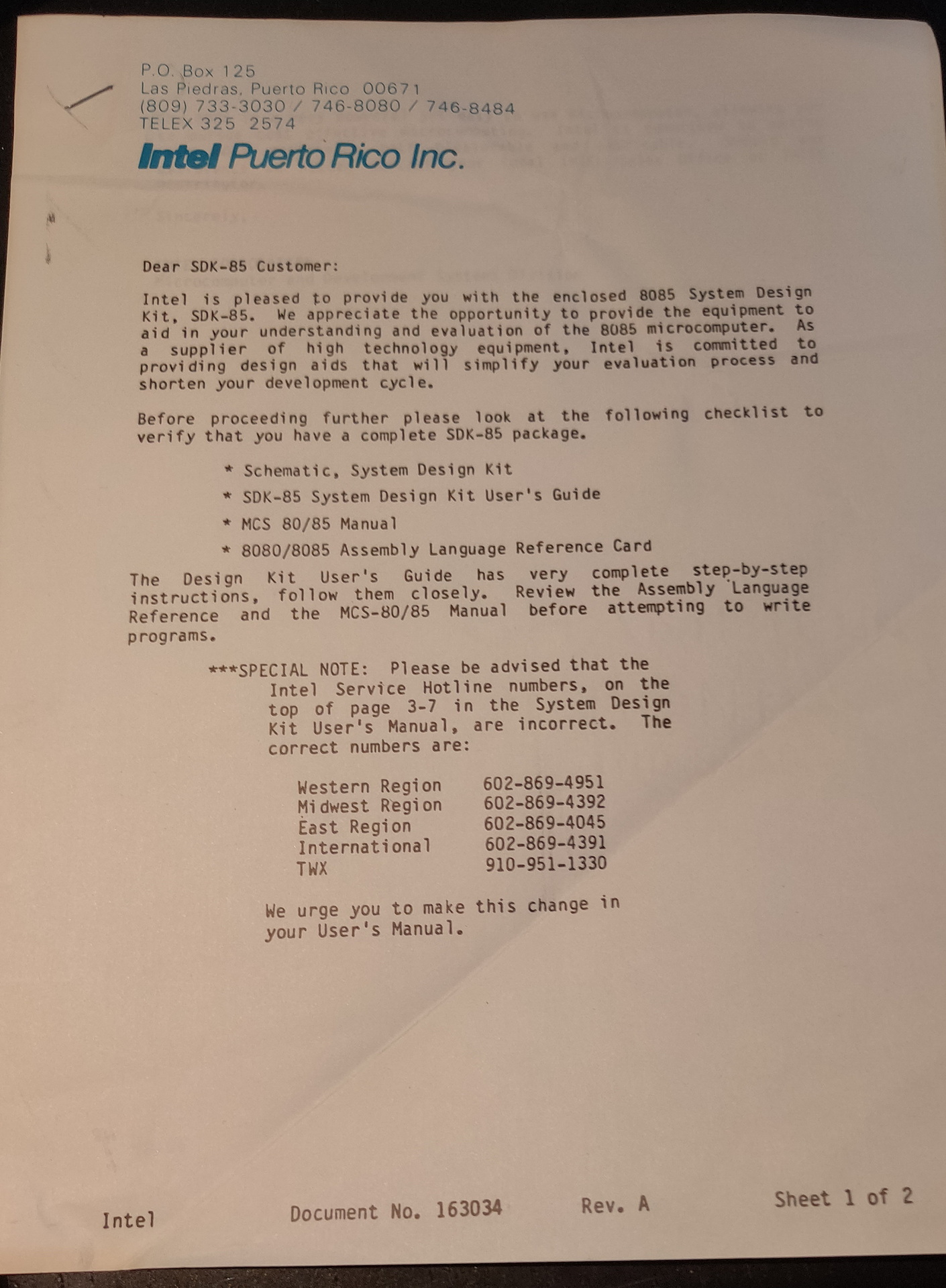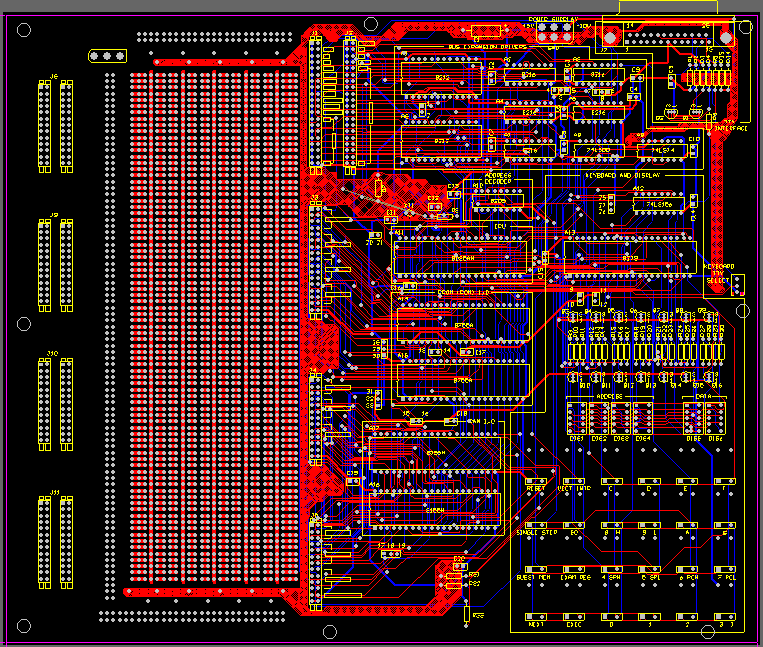3D printed a case for my fluxengine.
Last week I got my 1.2MB 5.25″ drive.
And tested it with the fluxengine.
Now i can read old 5.25″ disks again. And convert these to disk images.
Amiga/Atari ST/C64 (single side) and my old MSDos disks.
(That’s what I’m using, the fluxengine can read many more)
Why single side C64? you ask?
Those are flippy disks, that means they are single sided and you flip the disk in the drive to read the other side.
Why can’t the fluxengine read those?
- There is only one sensor in my drive.
- Reading side 2 without turning the disk won’t work, the sectors are in reverse!
(Maybe there is a trick to read in reverse? Fluxengine is reading and decoding raw disk sectors, but i have to read into this)
Note: The 1541 Drive for the commodore’s is a complete 6502 computer with 2x 6522 VIA and ram/rom chips! (2016-15 2K x 8 bit Static RAM / 27128 16kb x 8)
see: https://www.henriaanstoot.nl/tag/6502/
And this amazing trick:
https://www.youtube.com/watch?v=zprSxCMlECA
Maybe i’m going to modify my 5.25 drive with another index sensor.
So i downloaded a diskdrive case from thingiverse, which can hold 2 drives. 3.5″and 5.25″.
https://www.thingiverse.com/thing:3089895
I started printing the bottom, no problem there. But because of the large size of bottom and top. (Both about a day of printing) I had to change the filament.
But I didn’t have a good look at what I took!
Below is what you get when printing PLA and switch to PETG!
Temperatures for PLA:
Tool: 200 and bed 50
Temperatures for PETG:
Tool: 240 and bed 70
So 12 hours printing and I had to start again.
I could not remove the knob, else I would have removed the beige front and spray painted this black.
